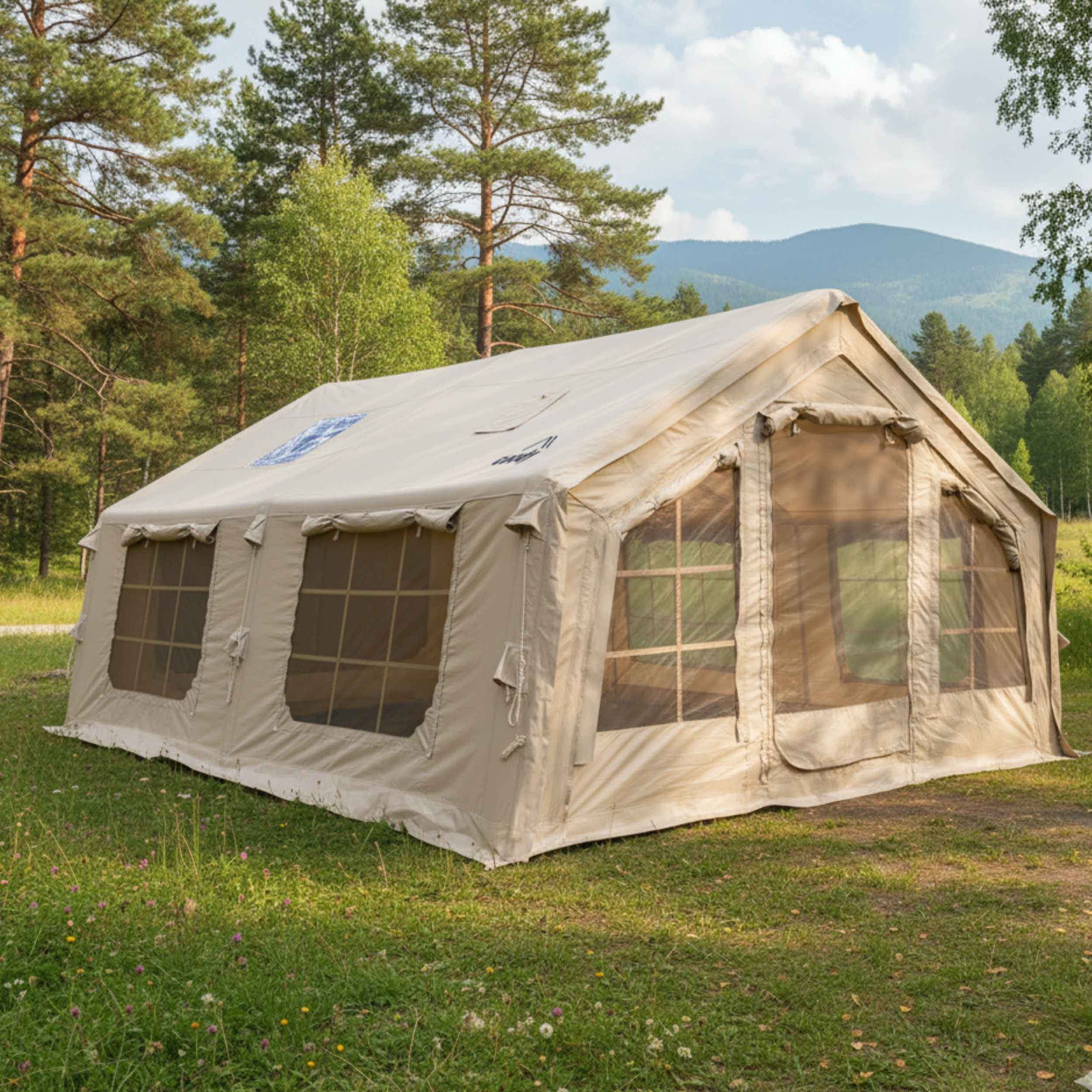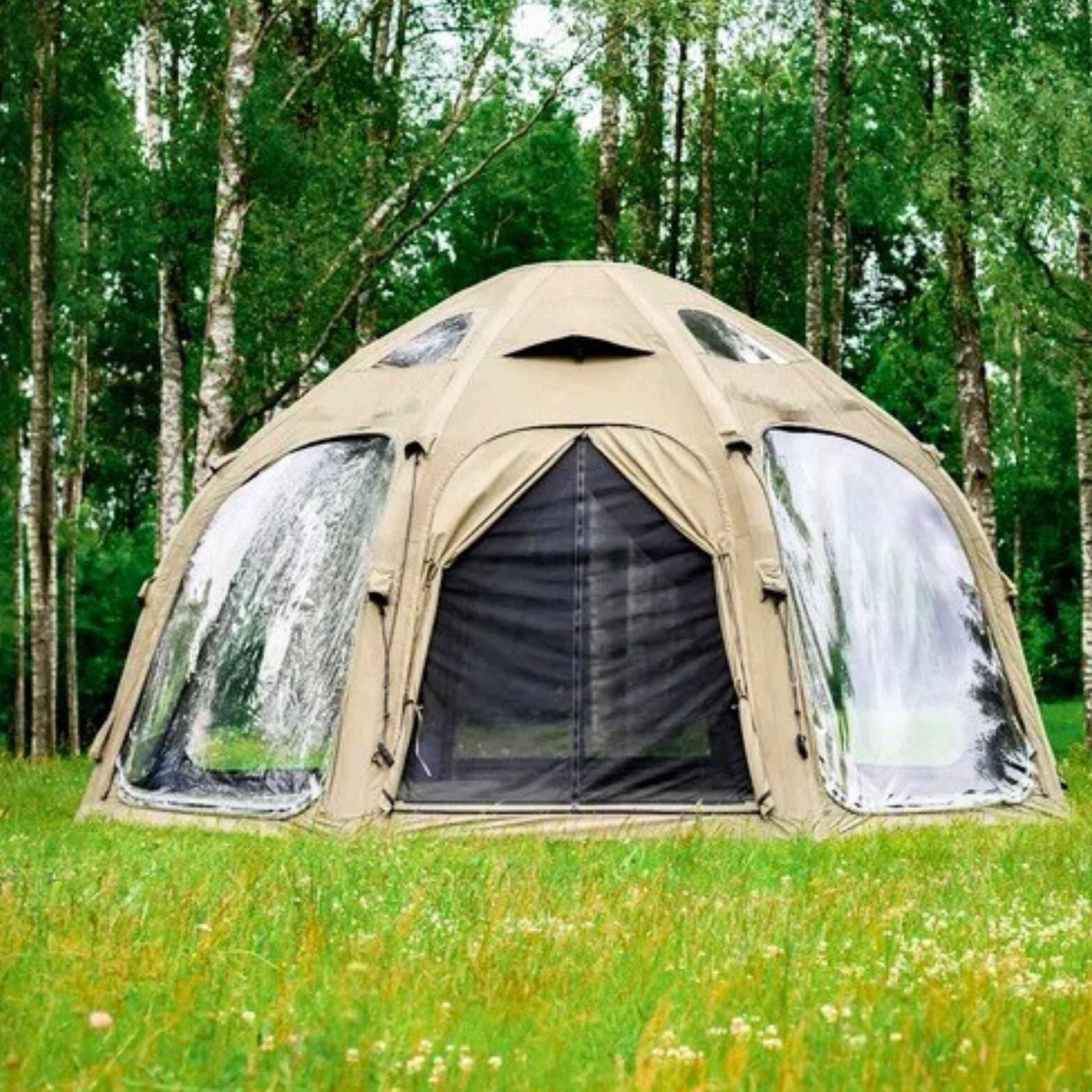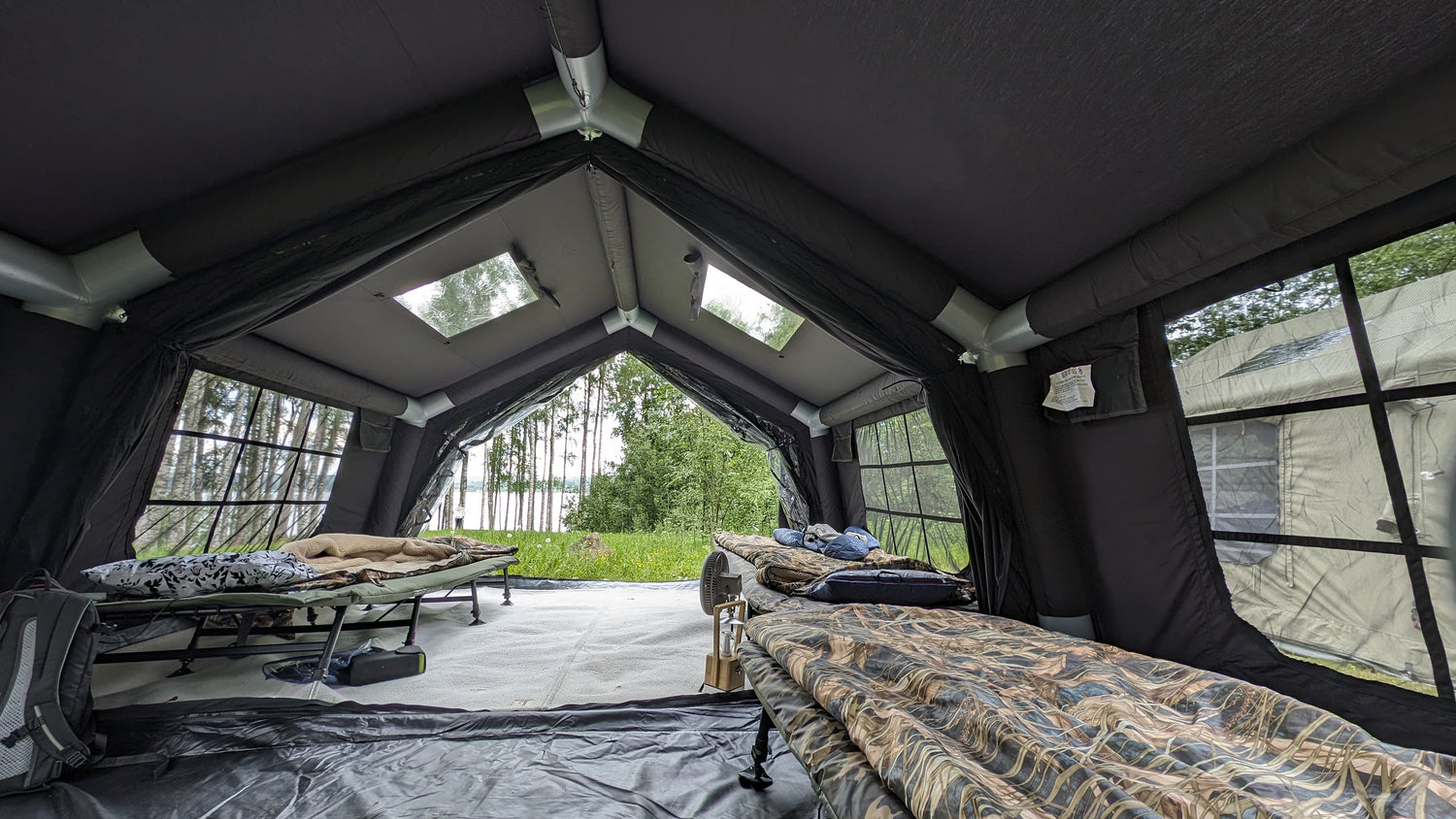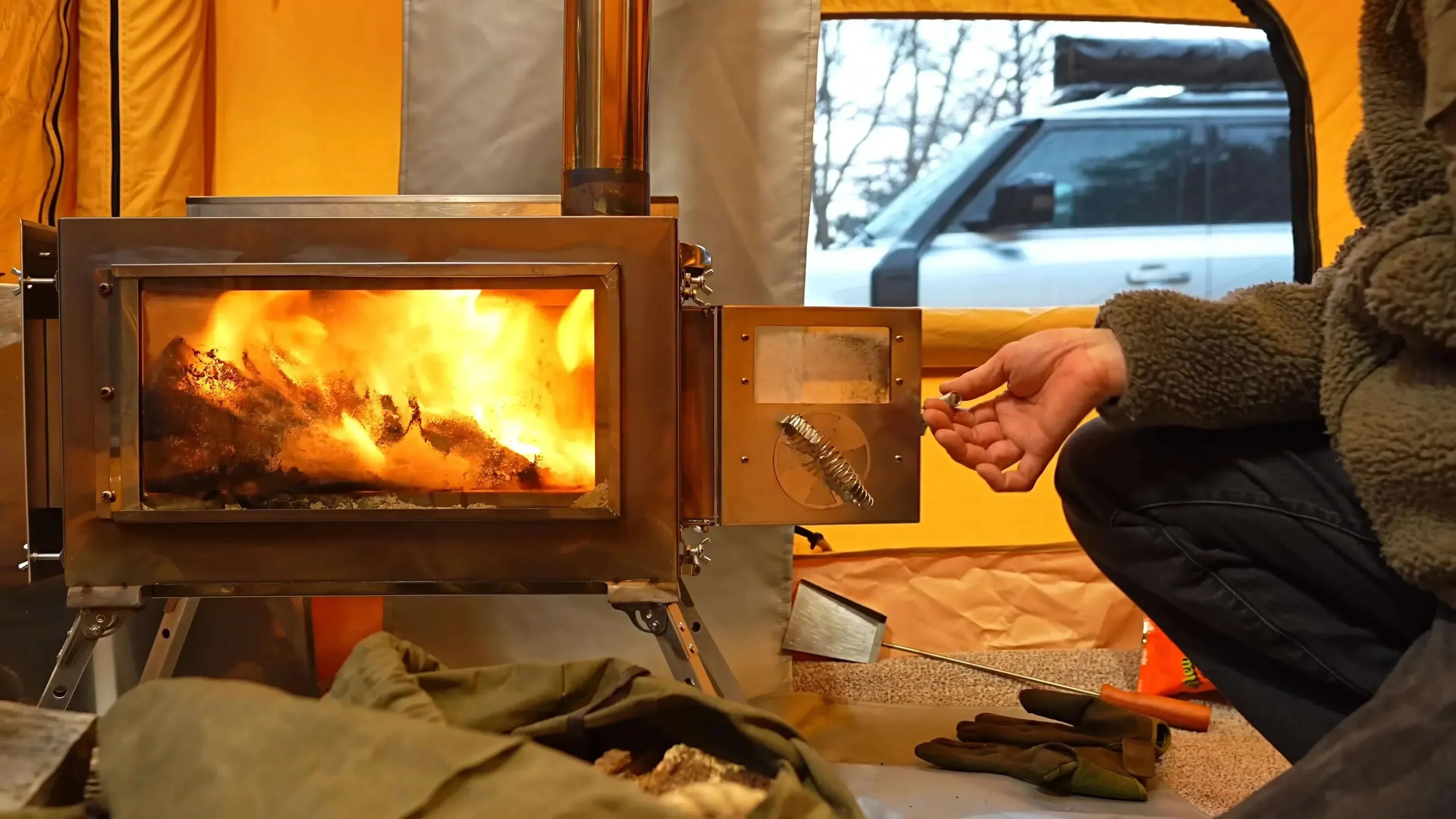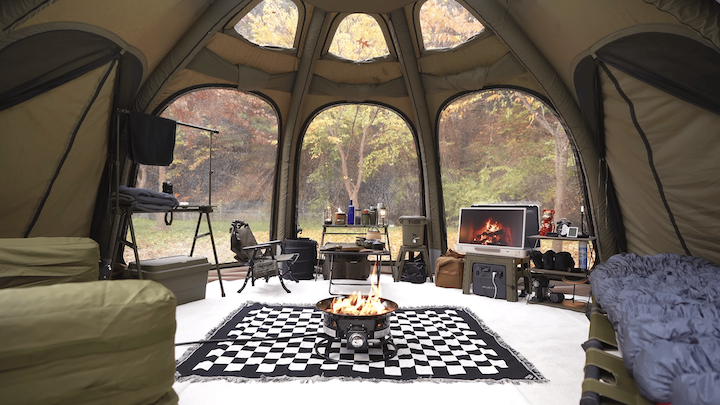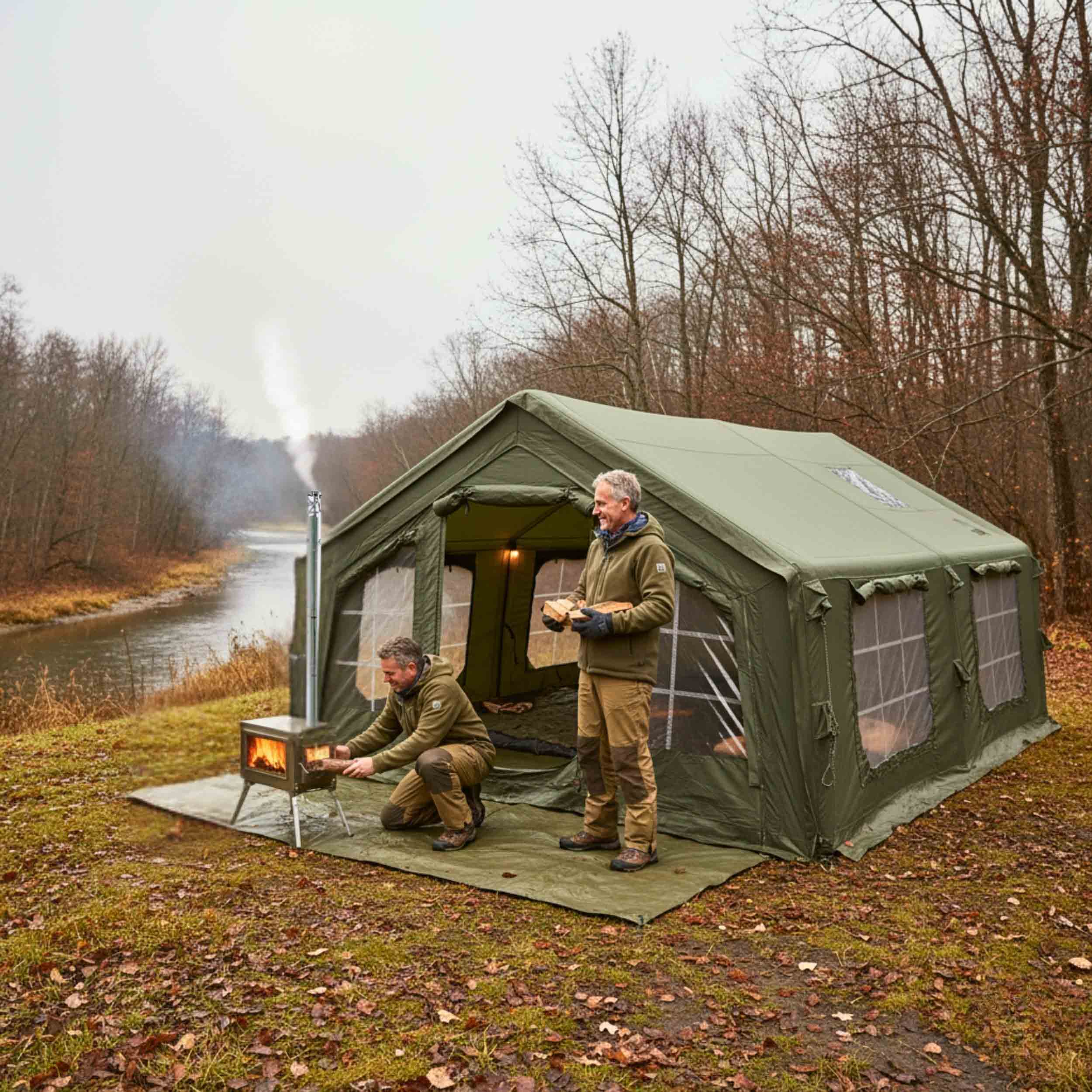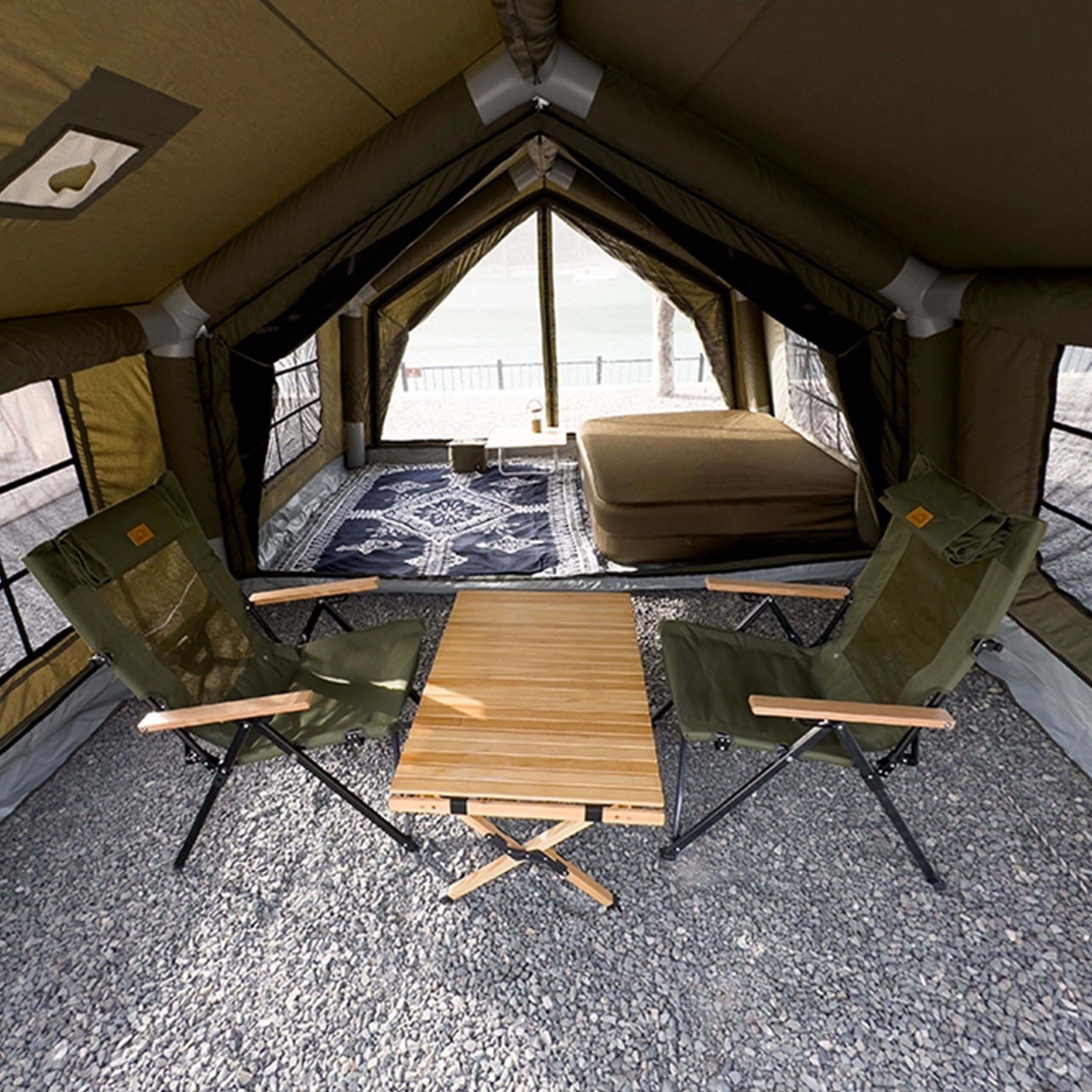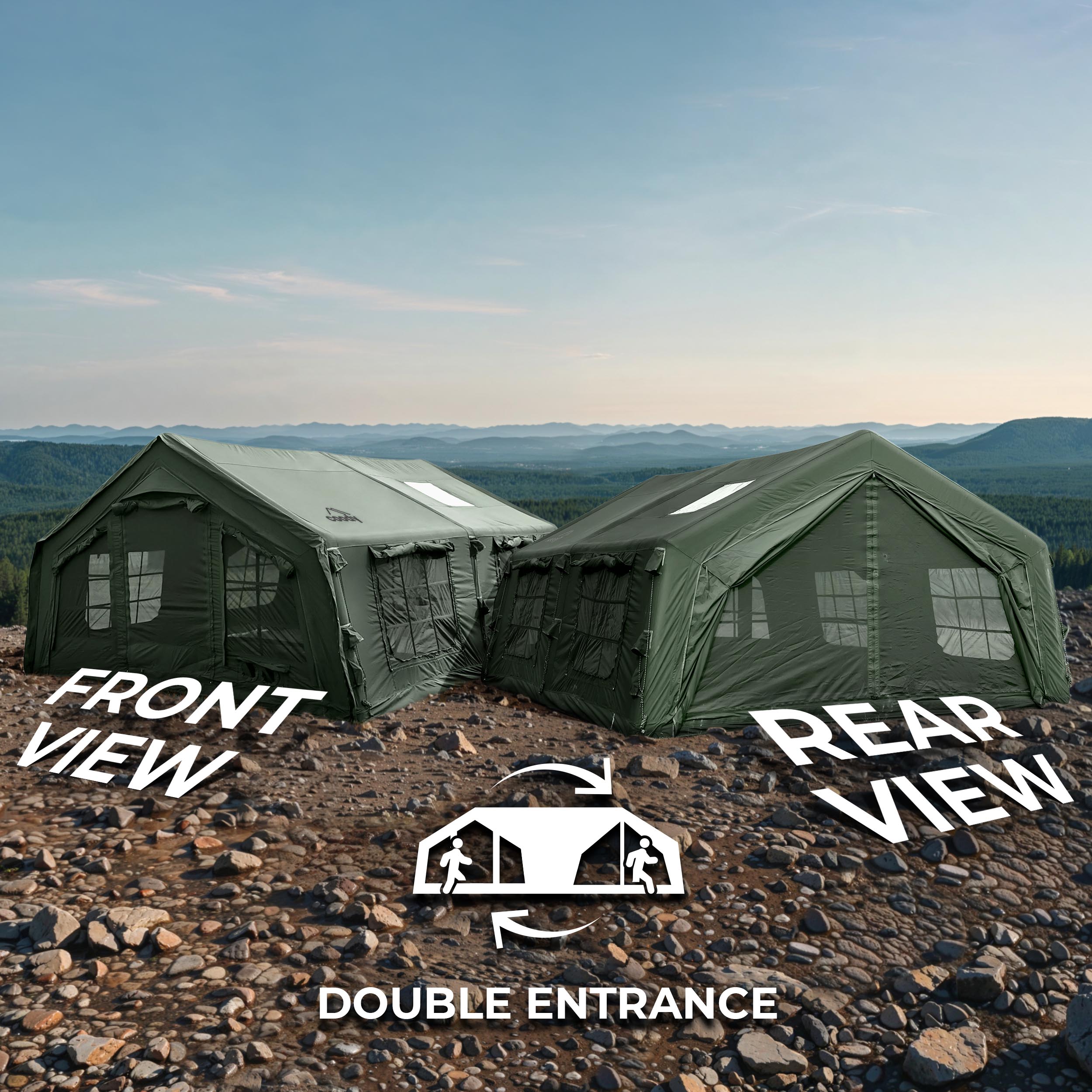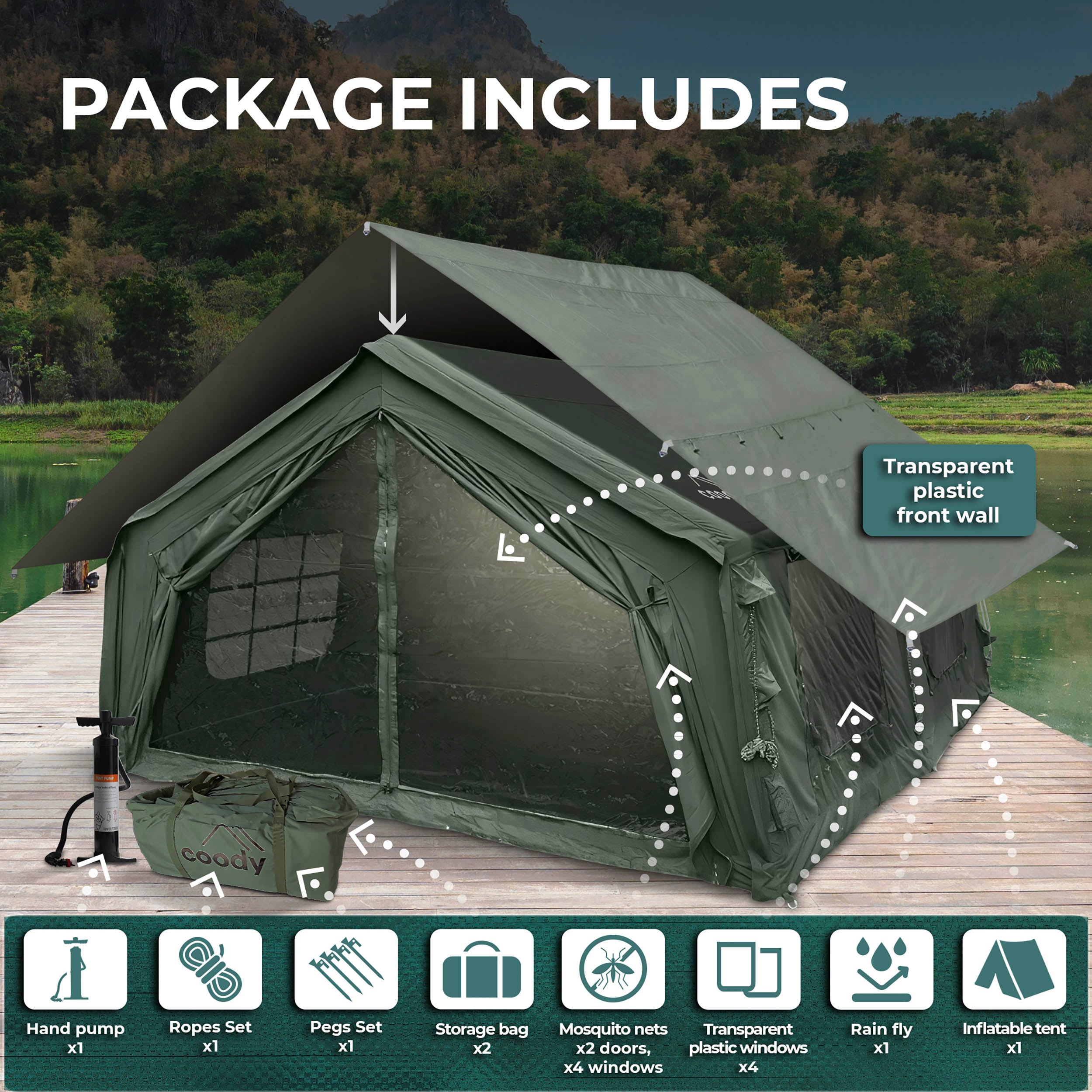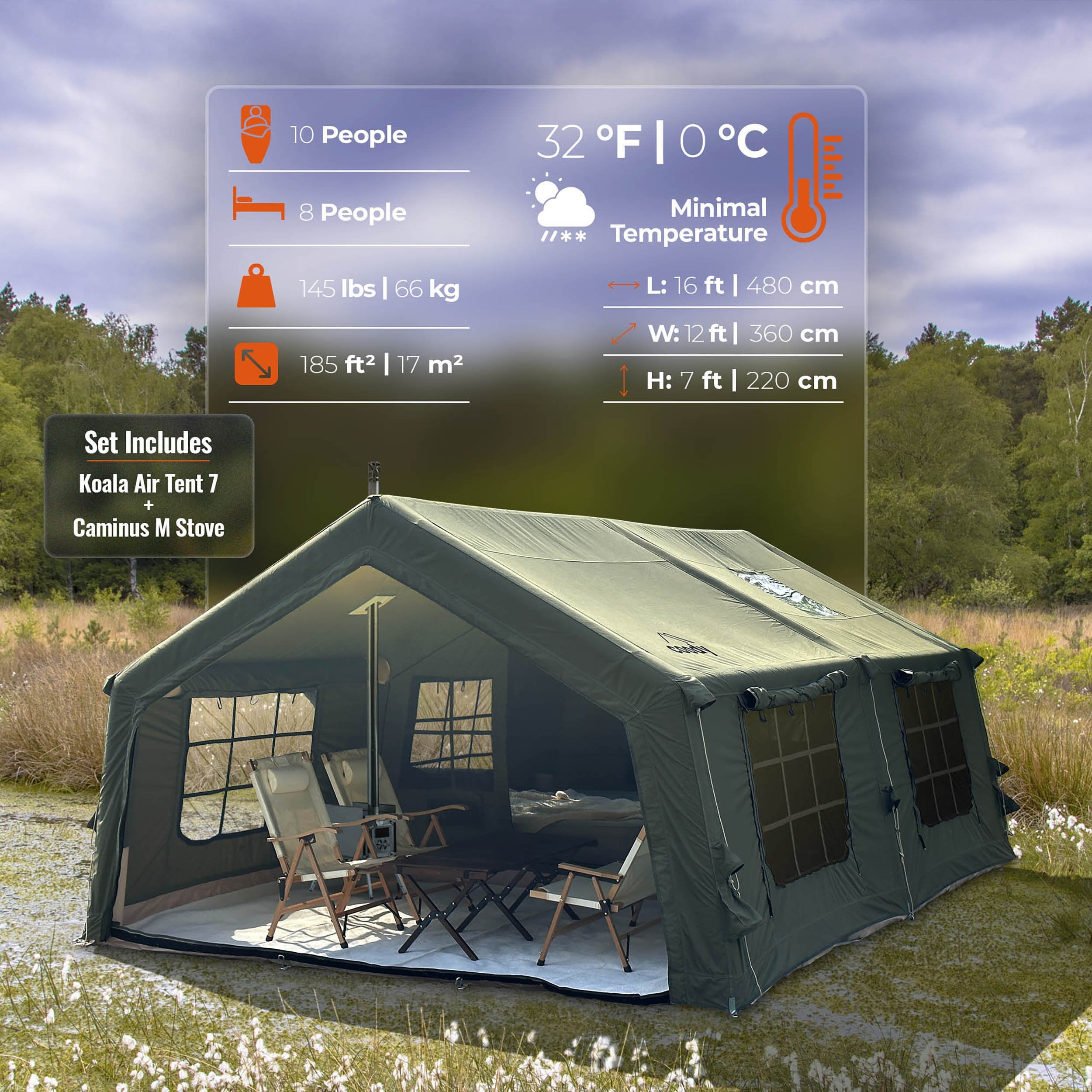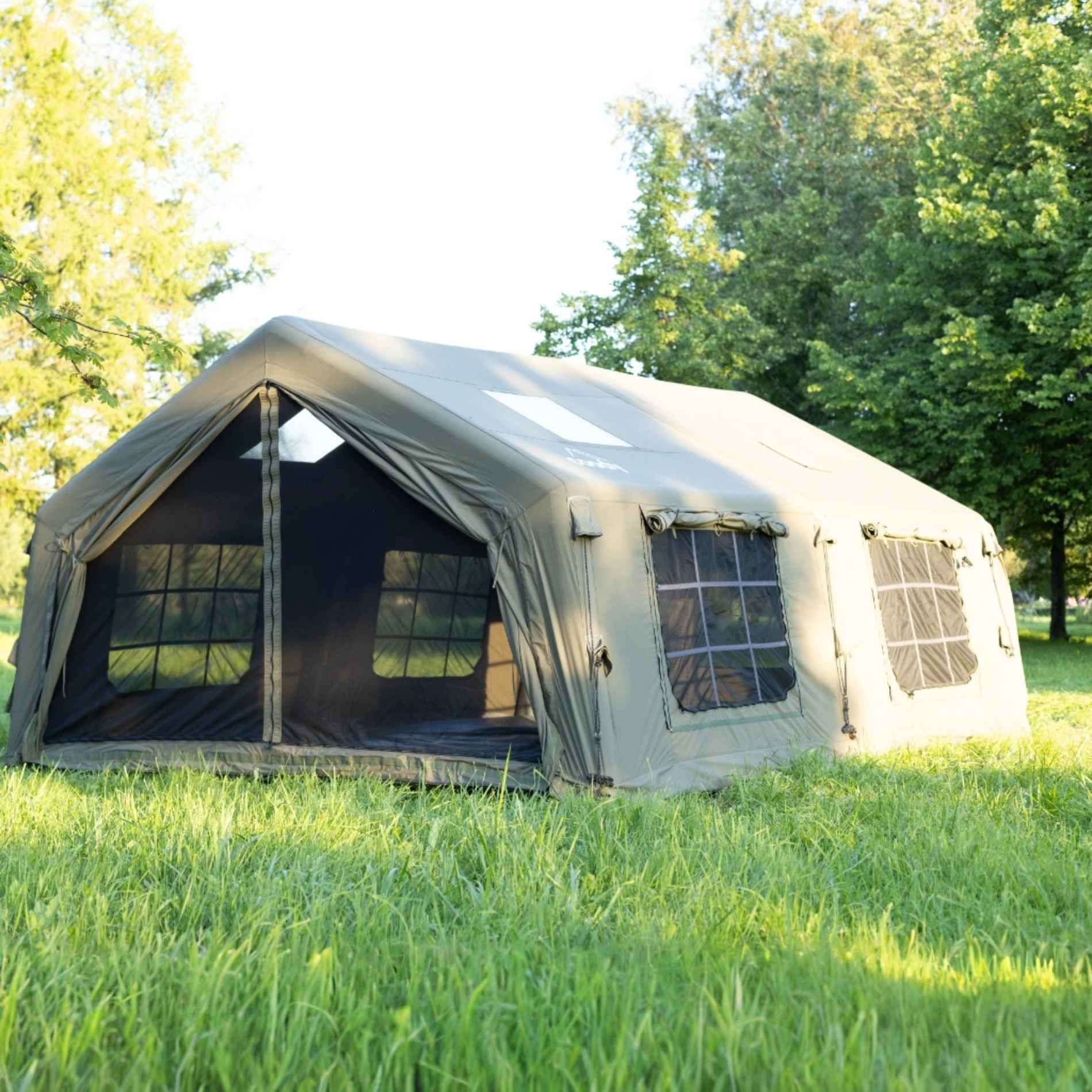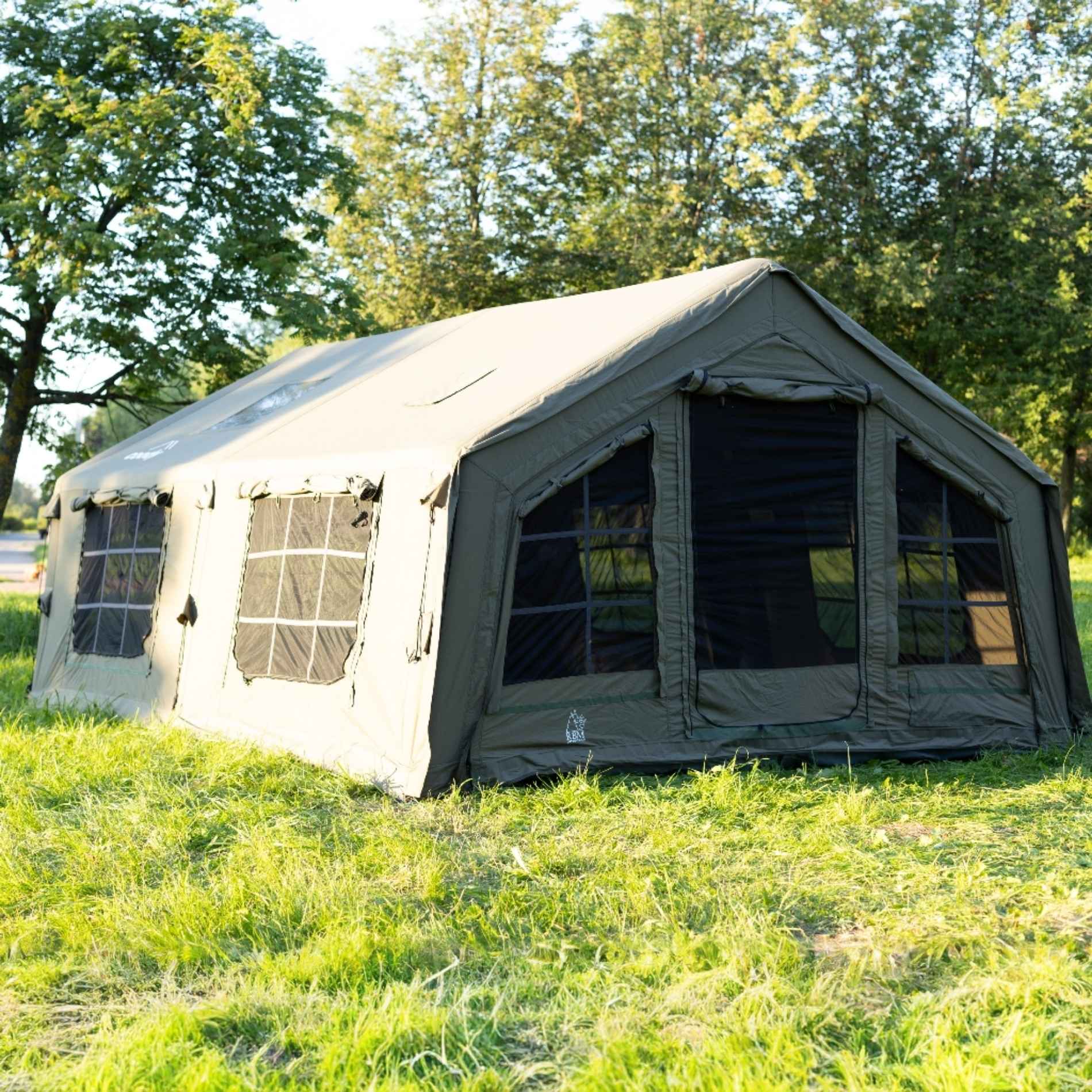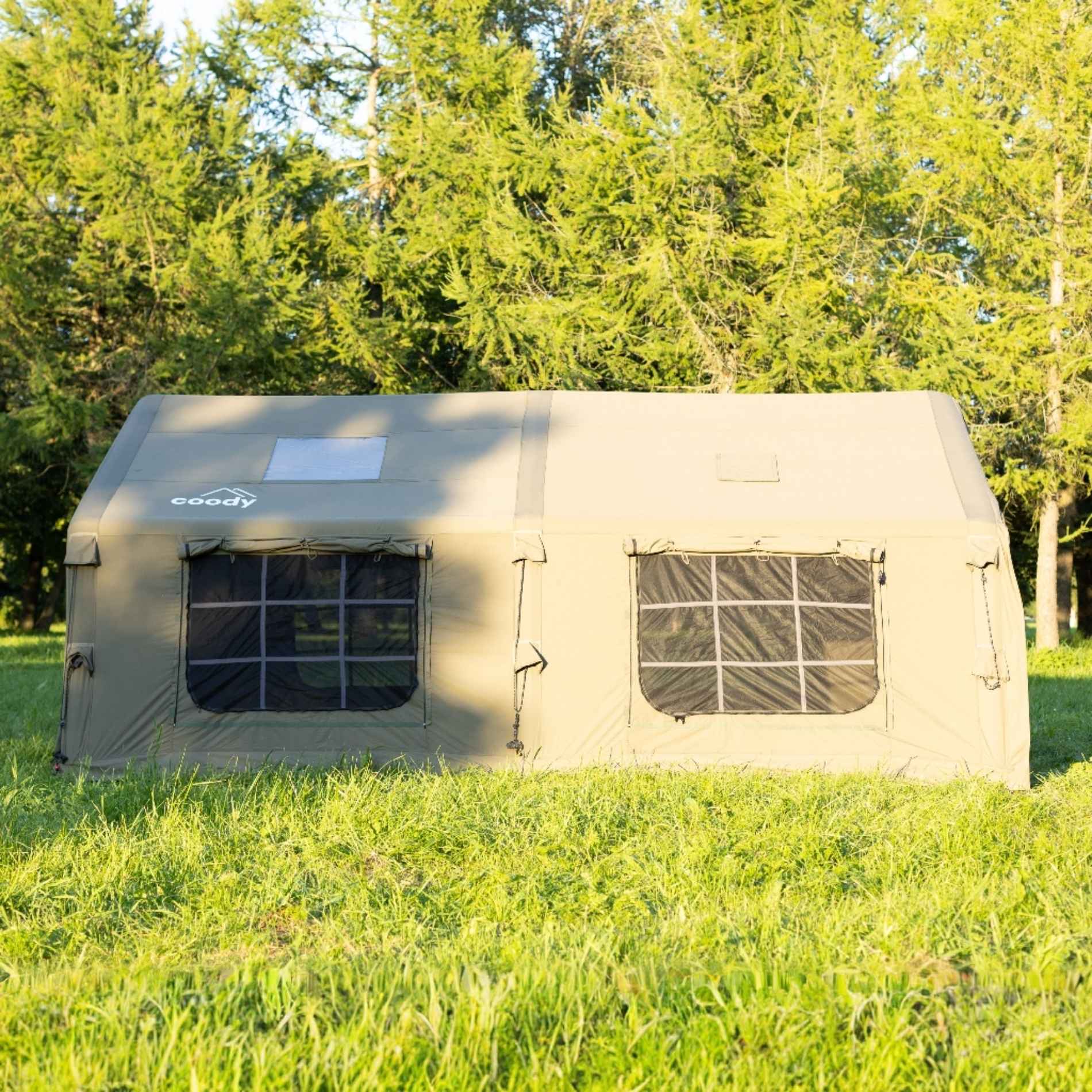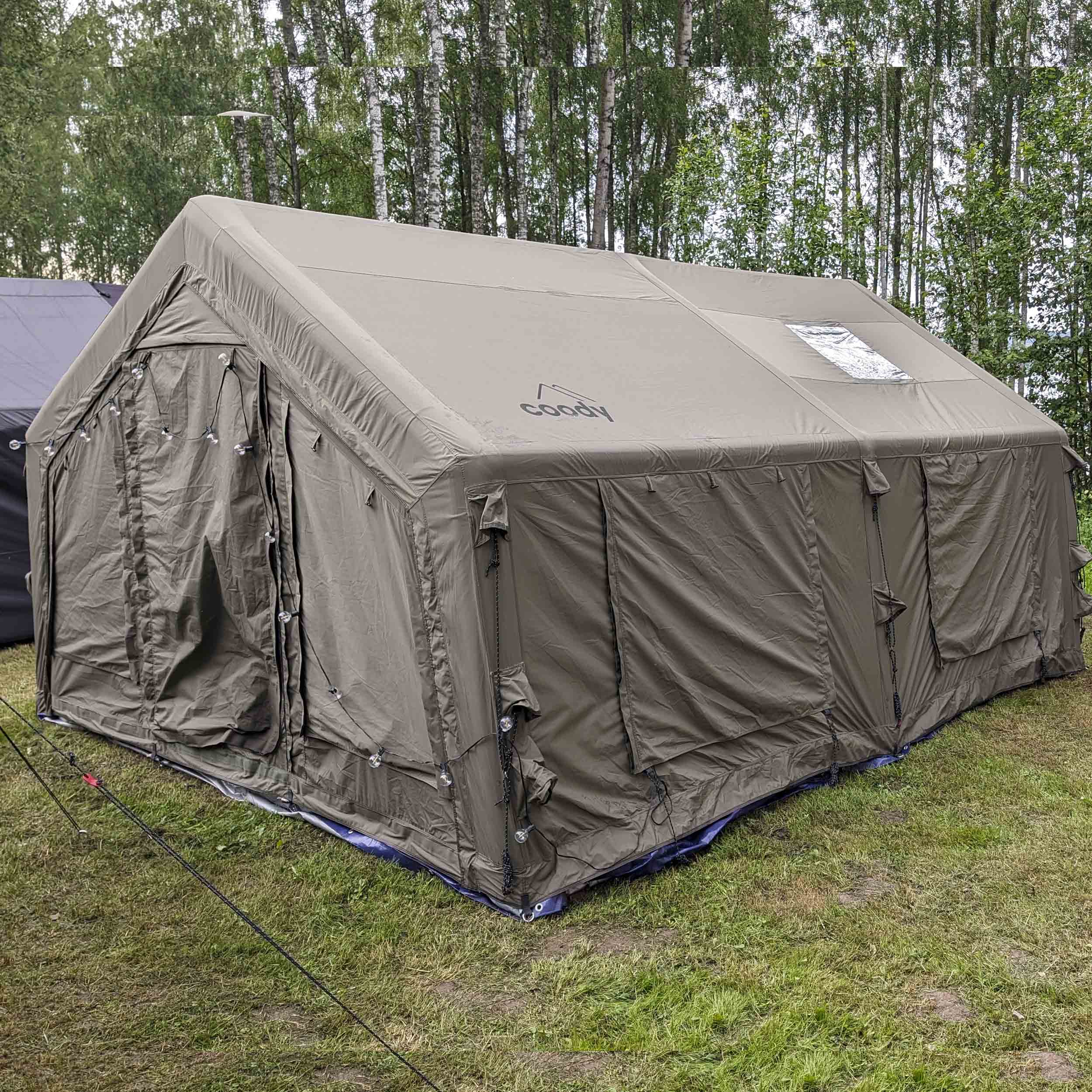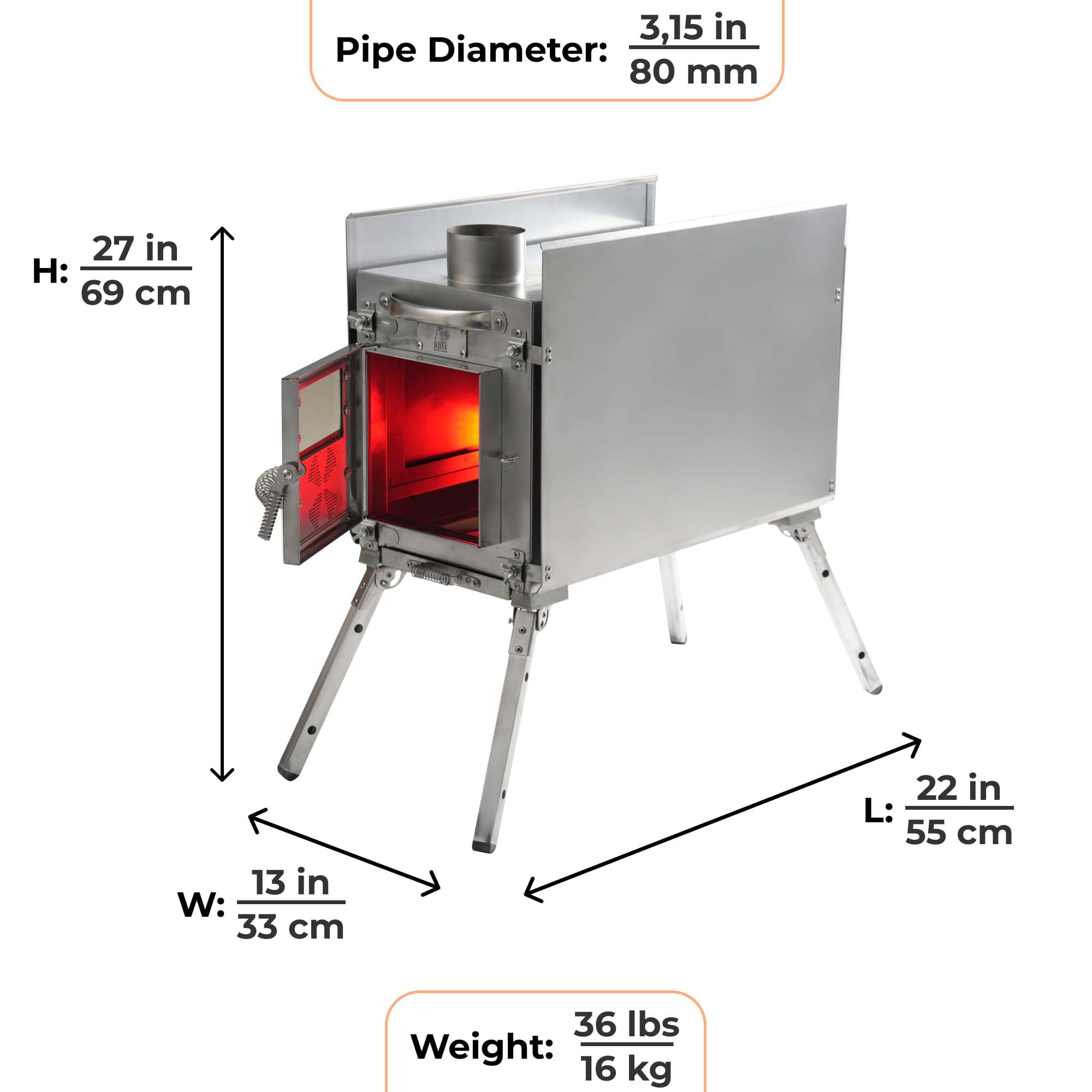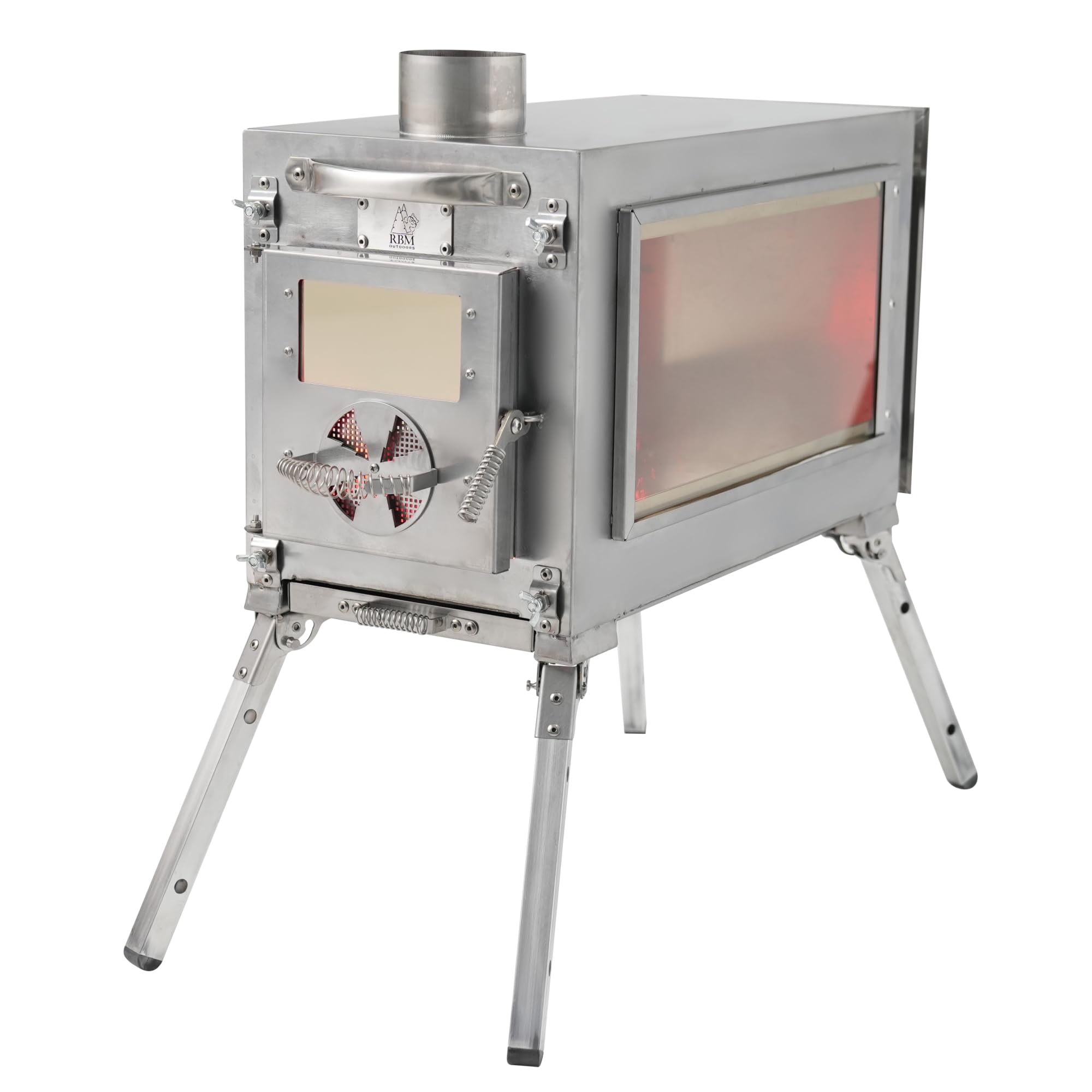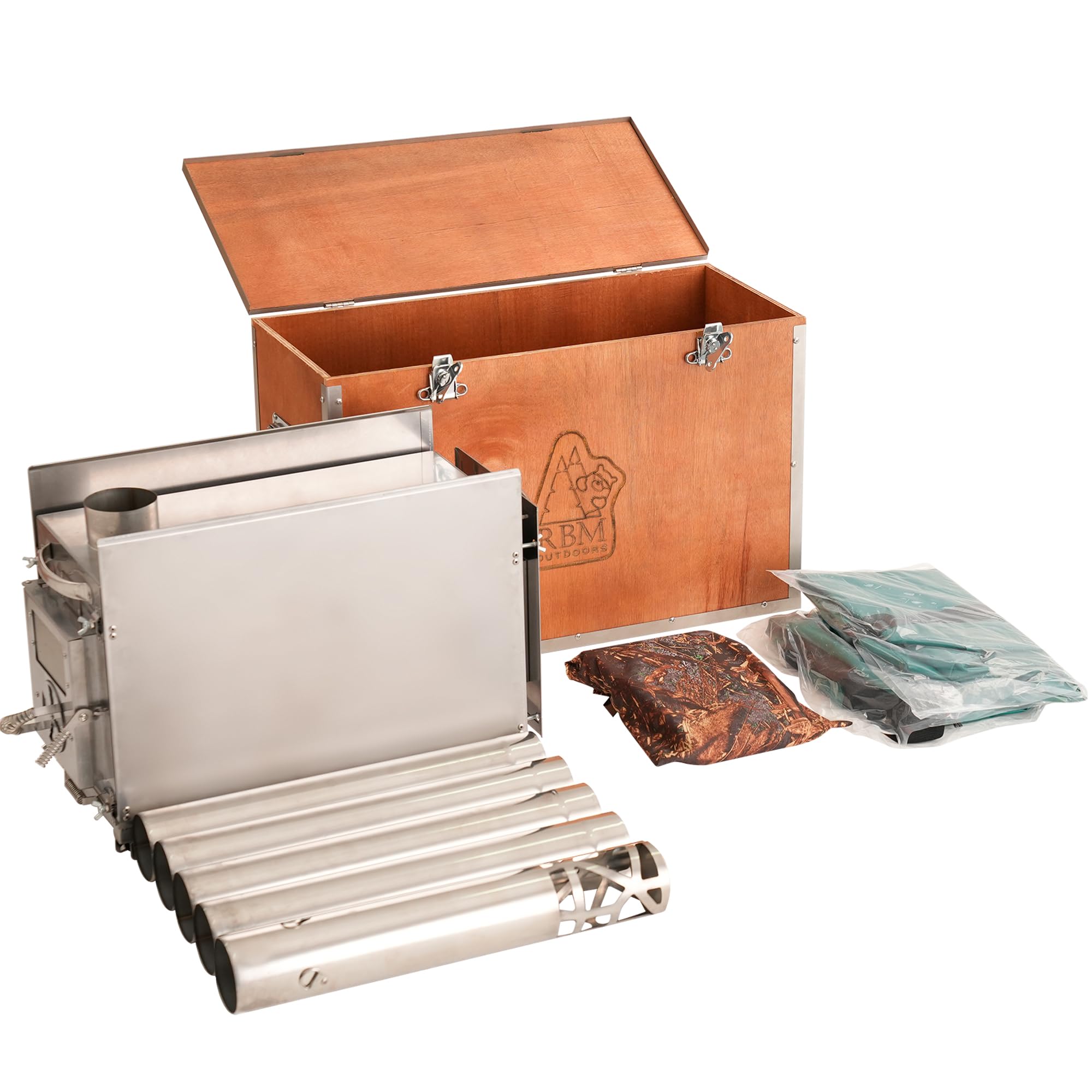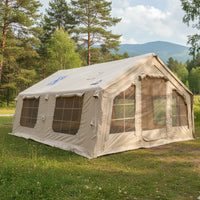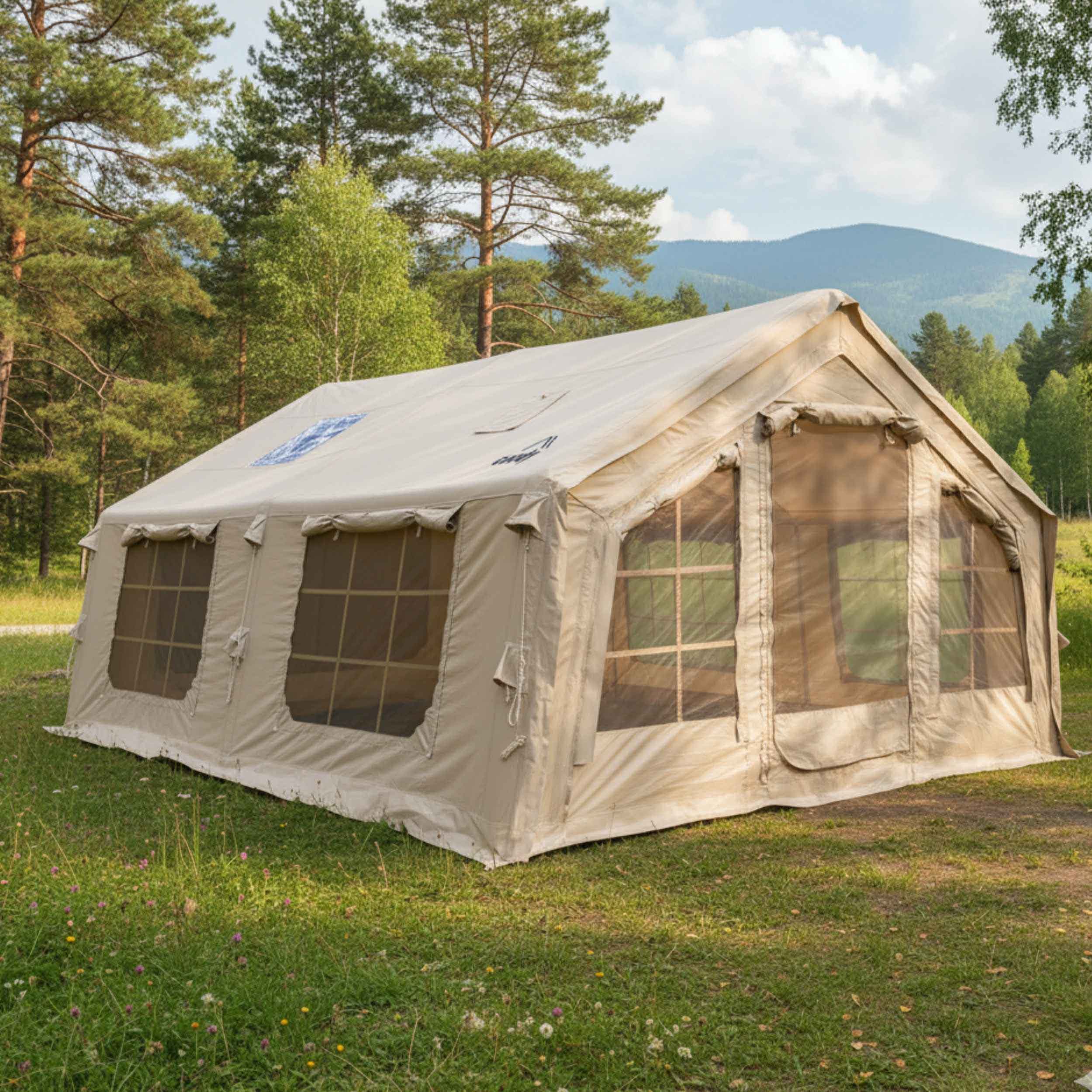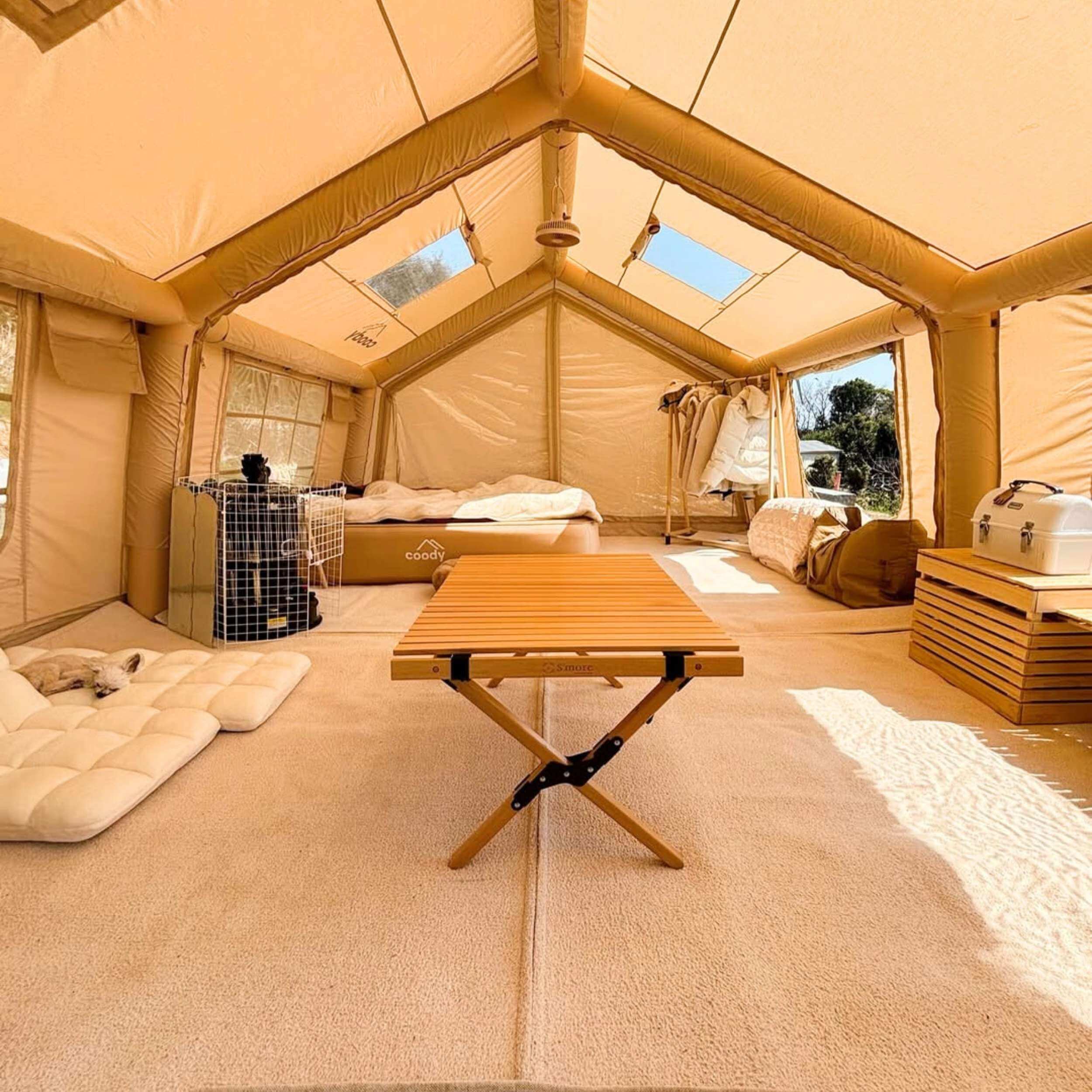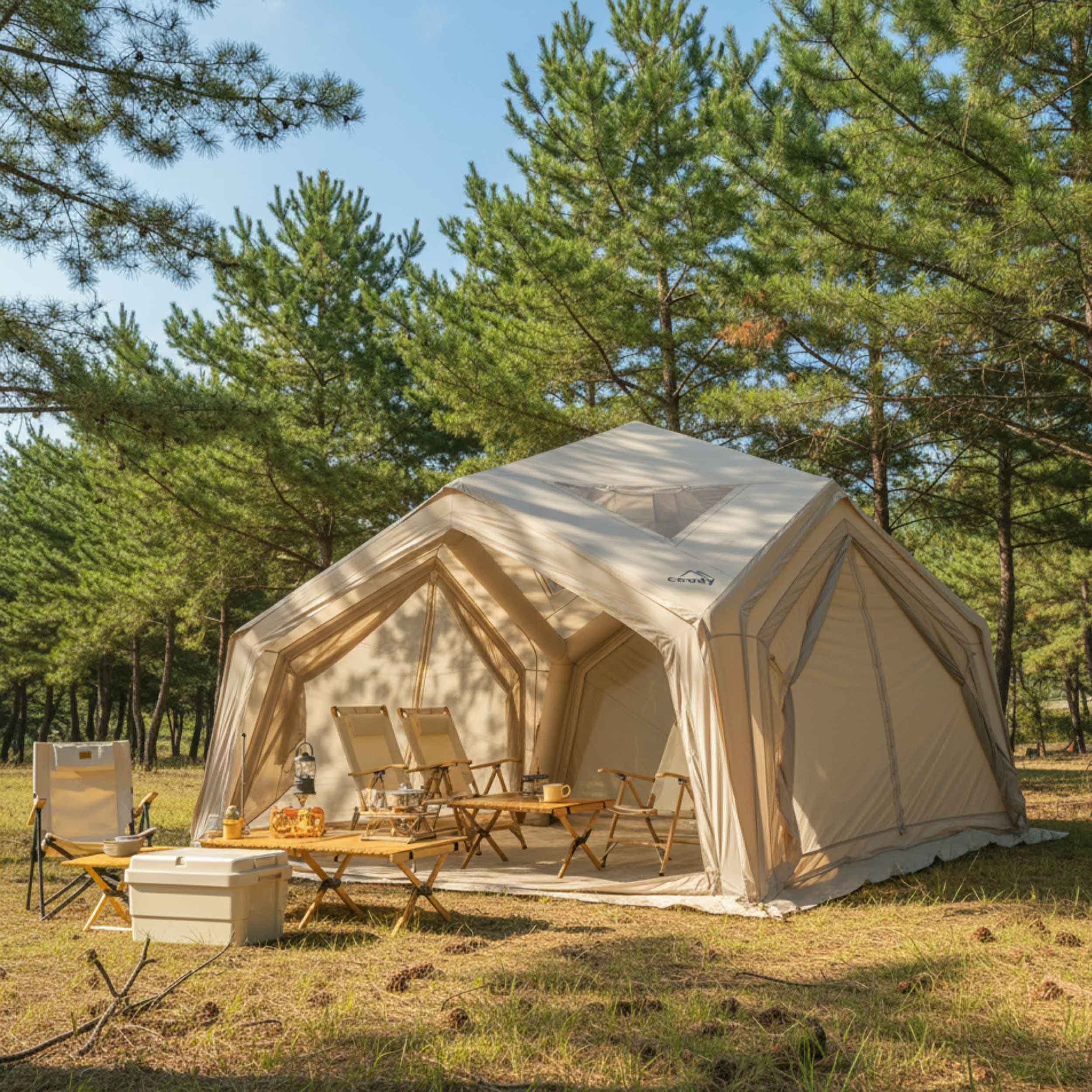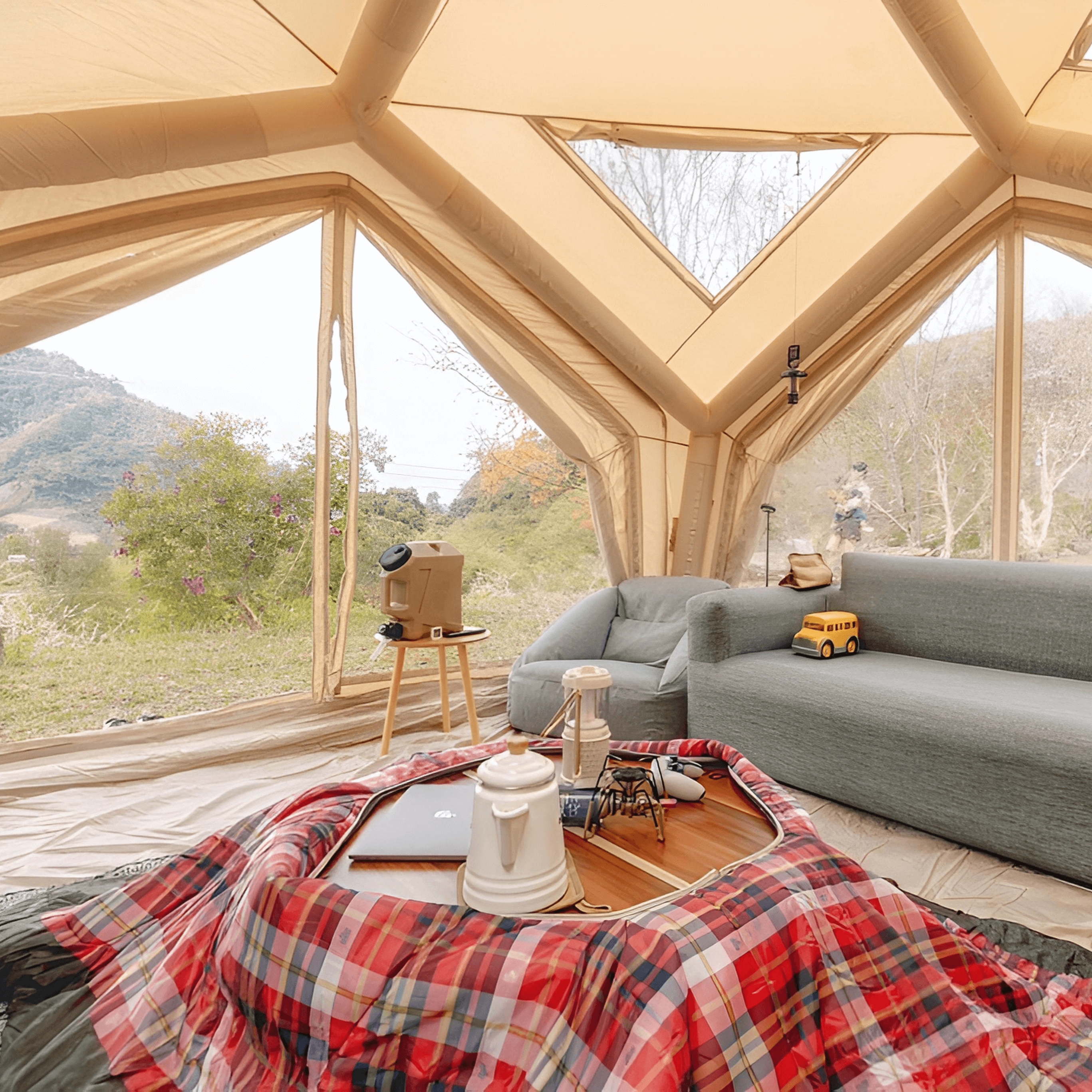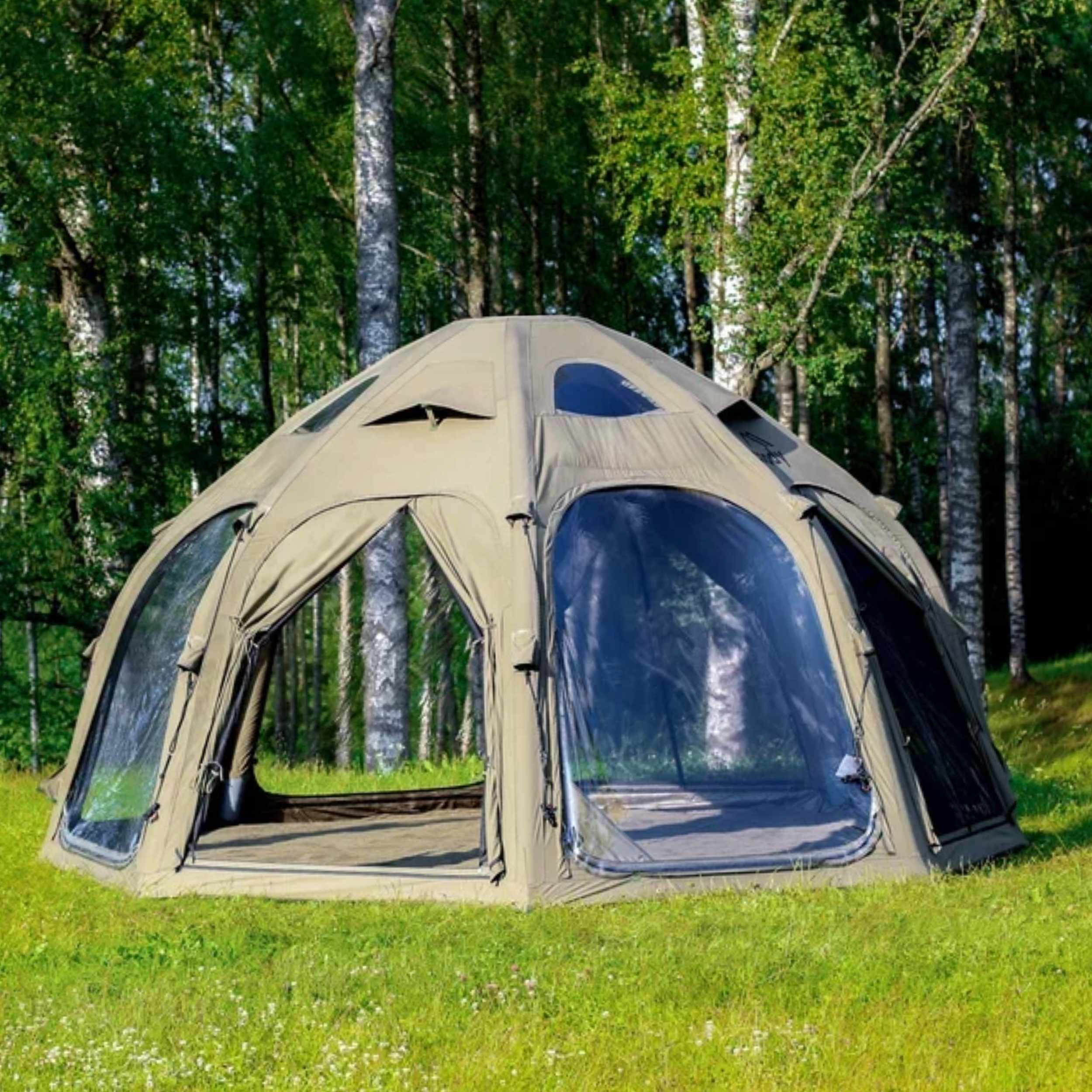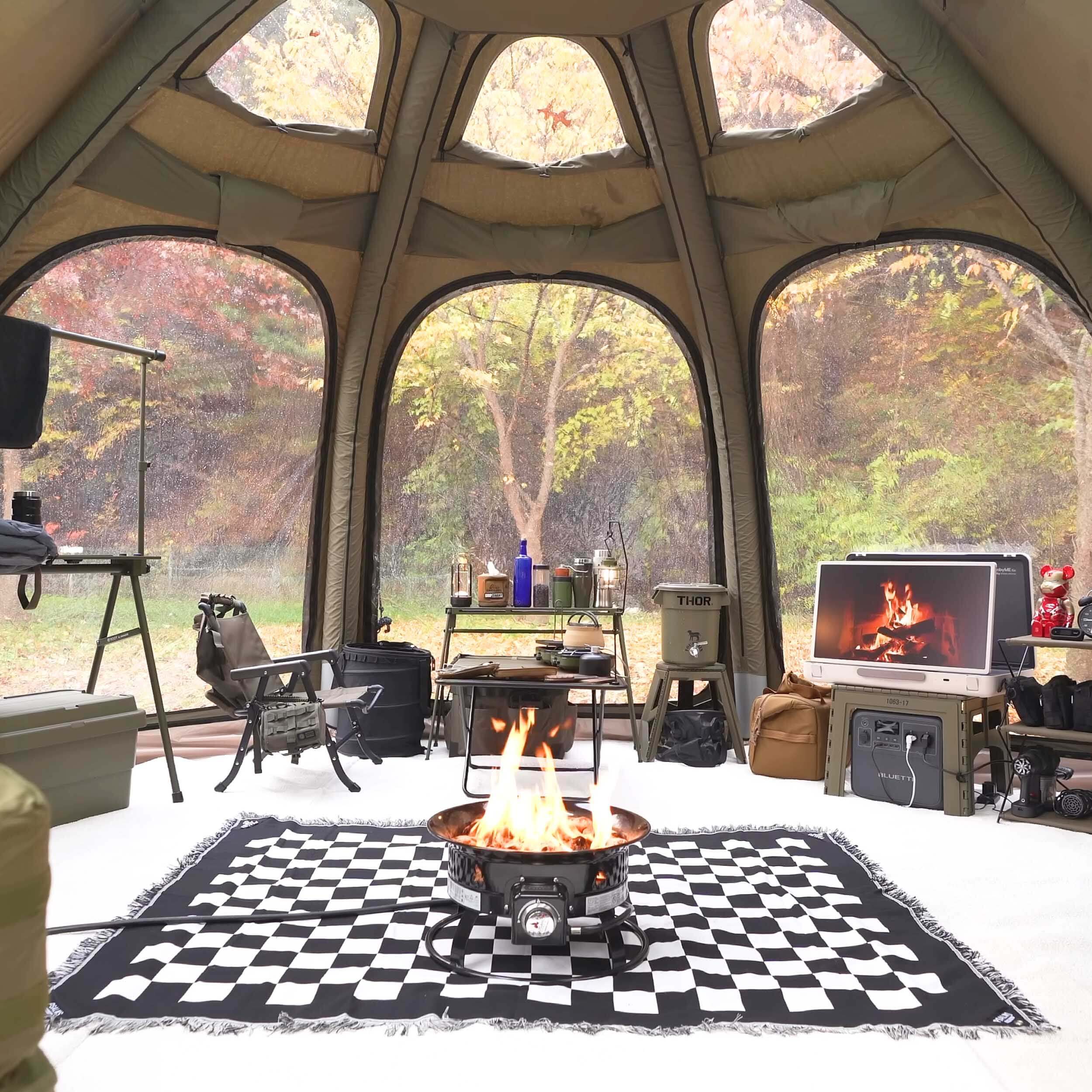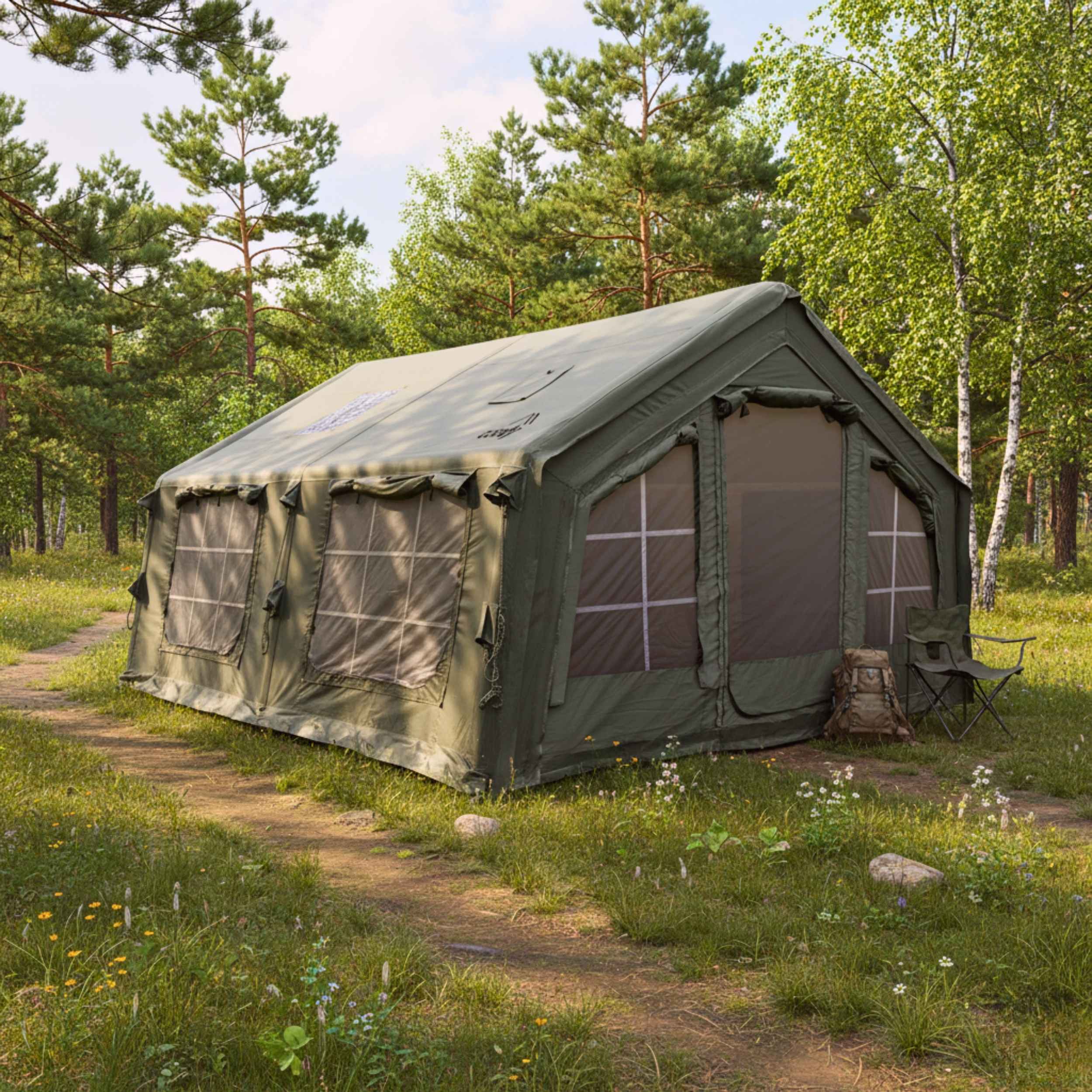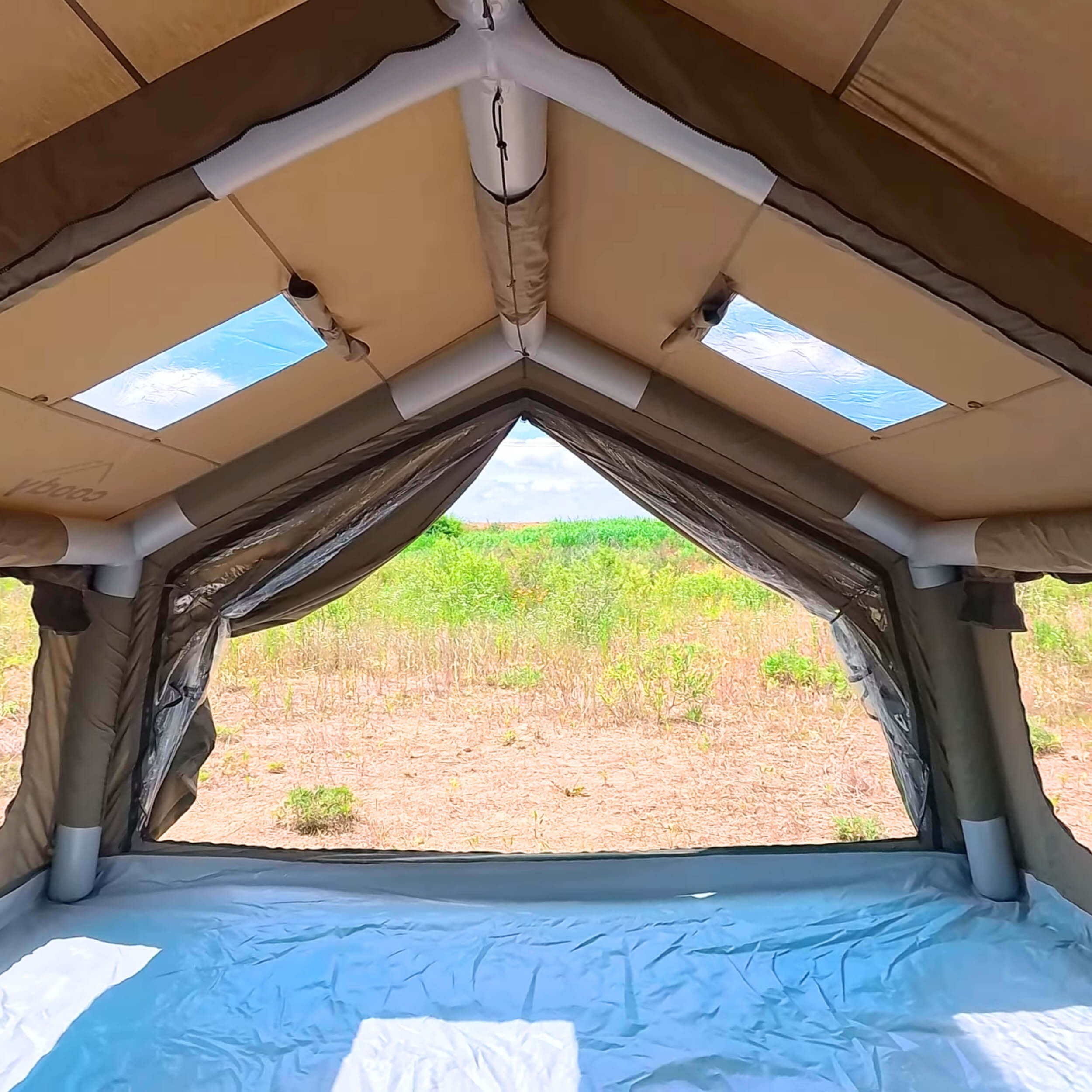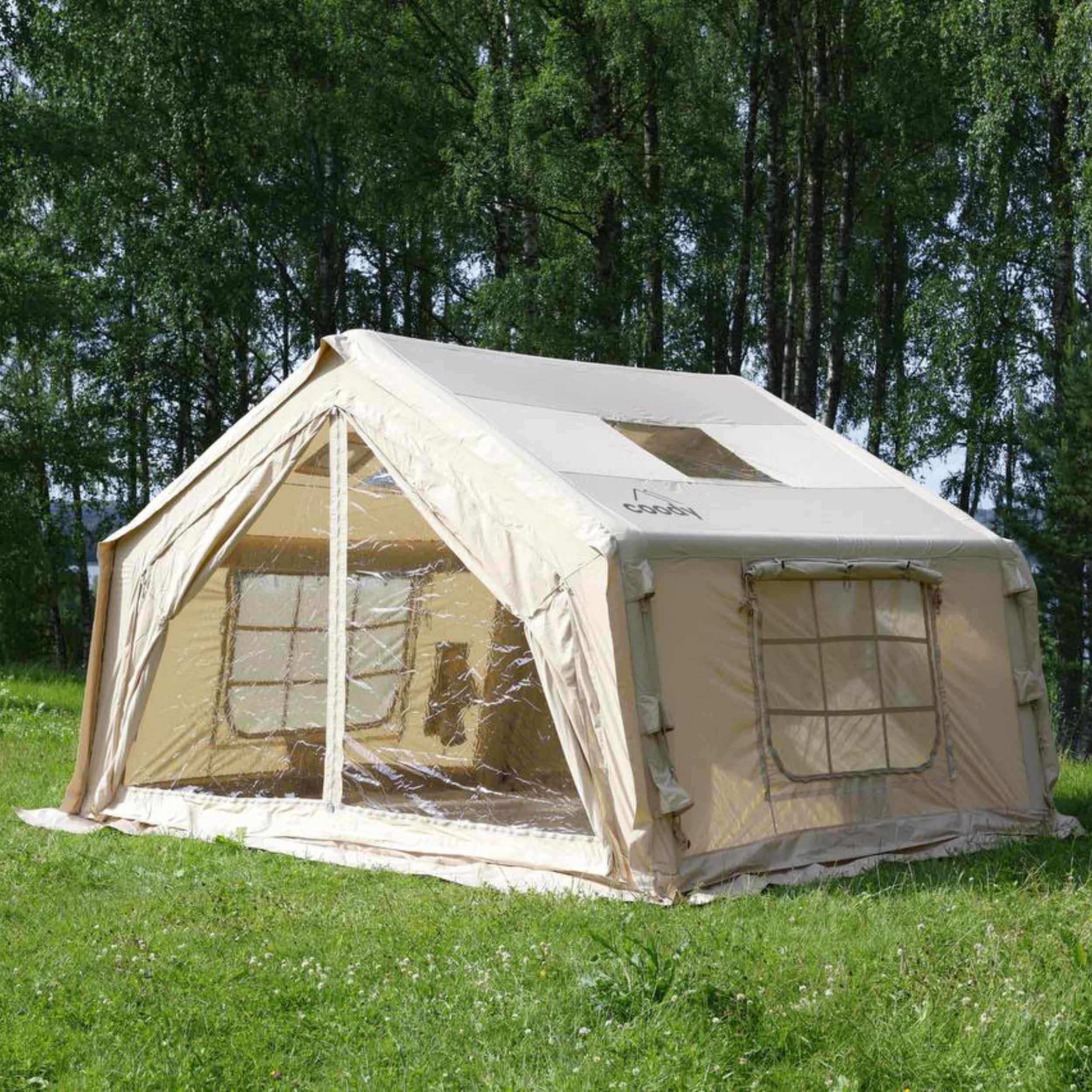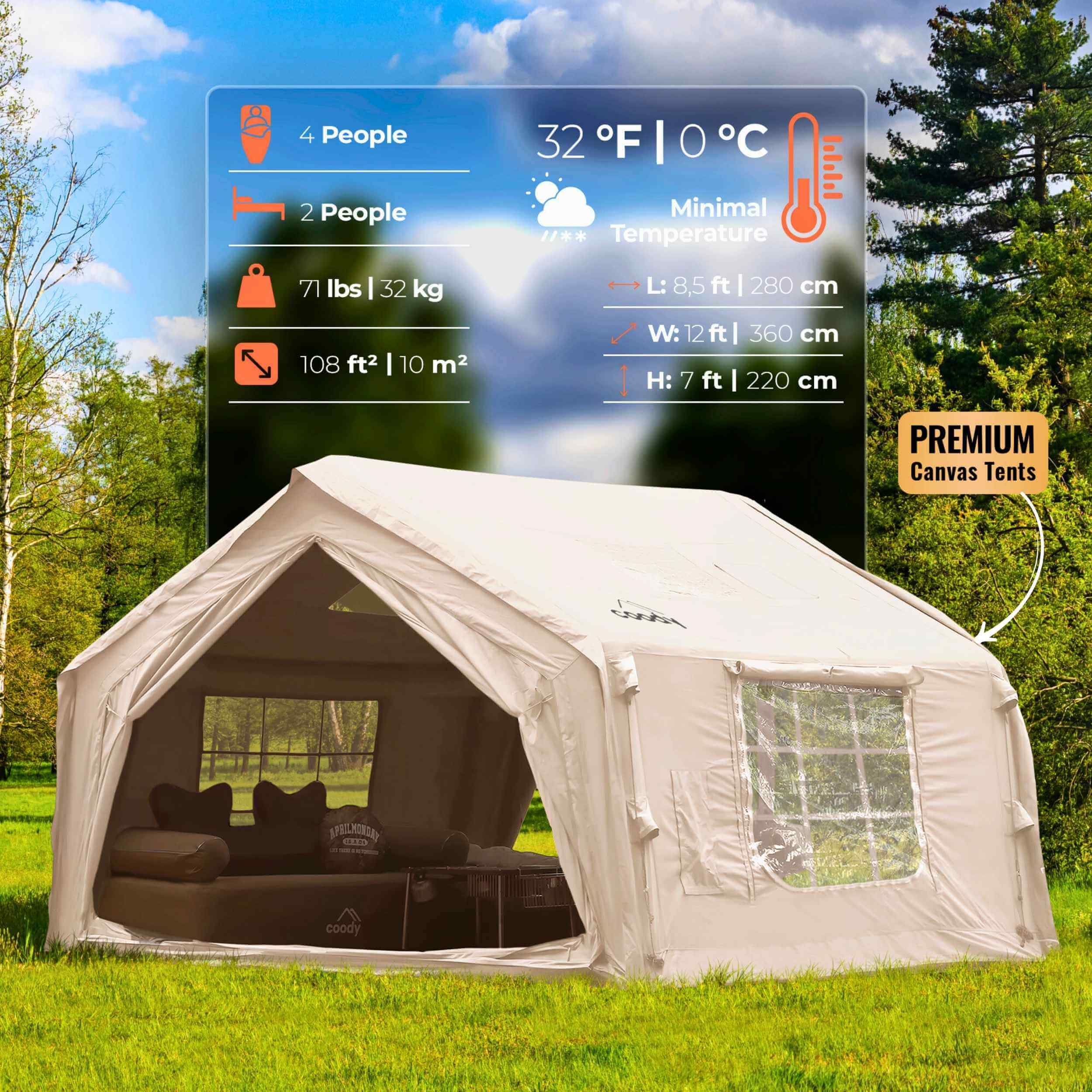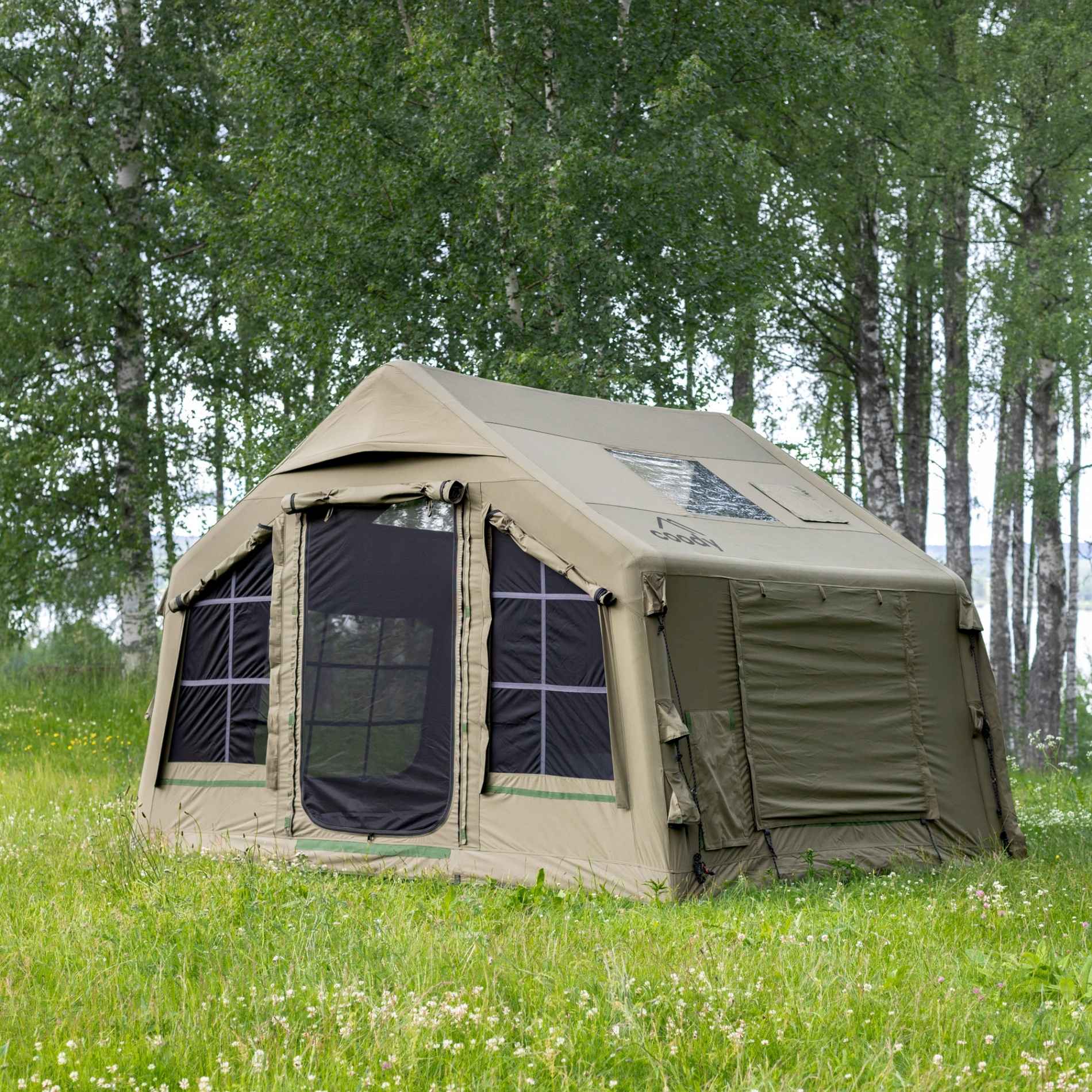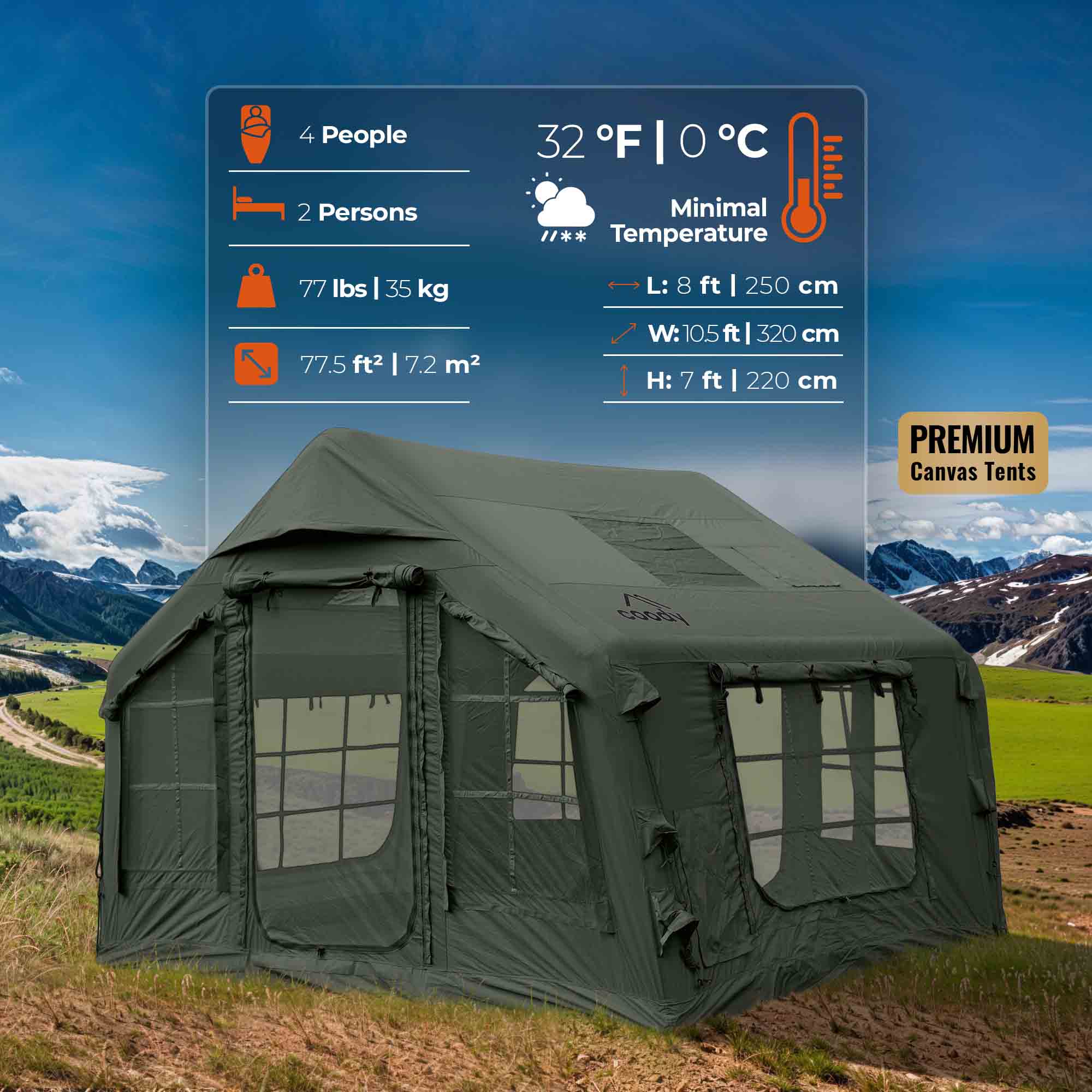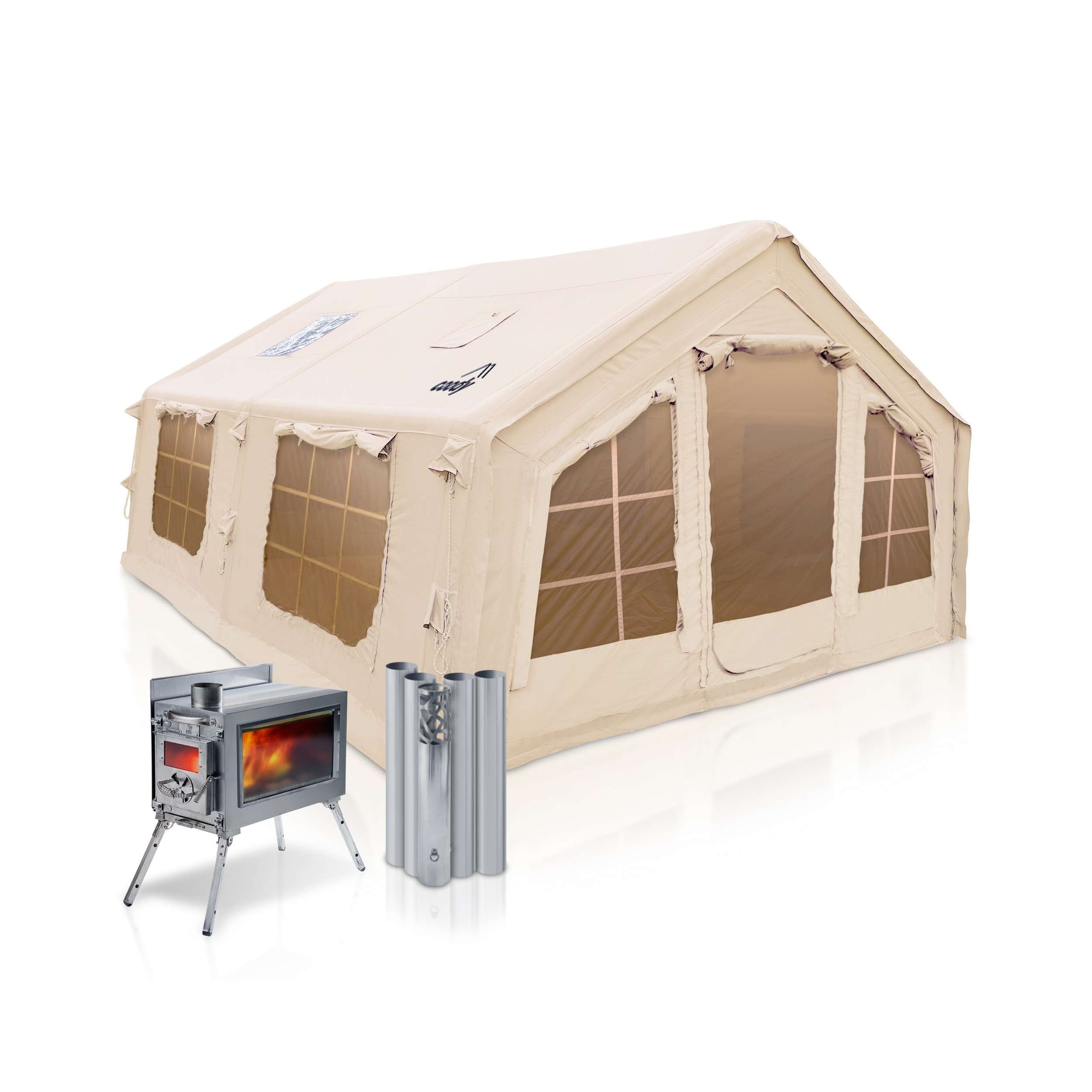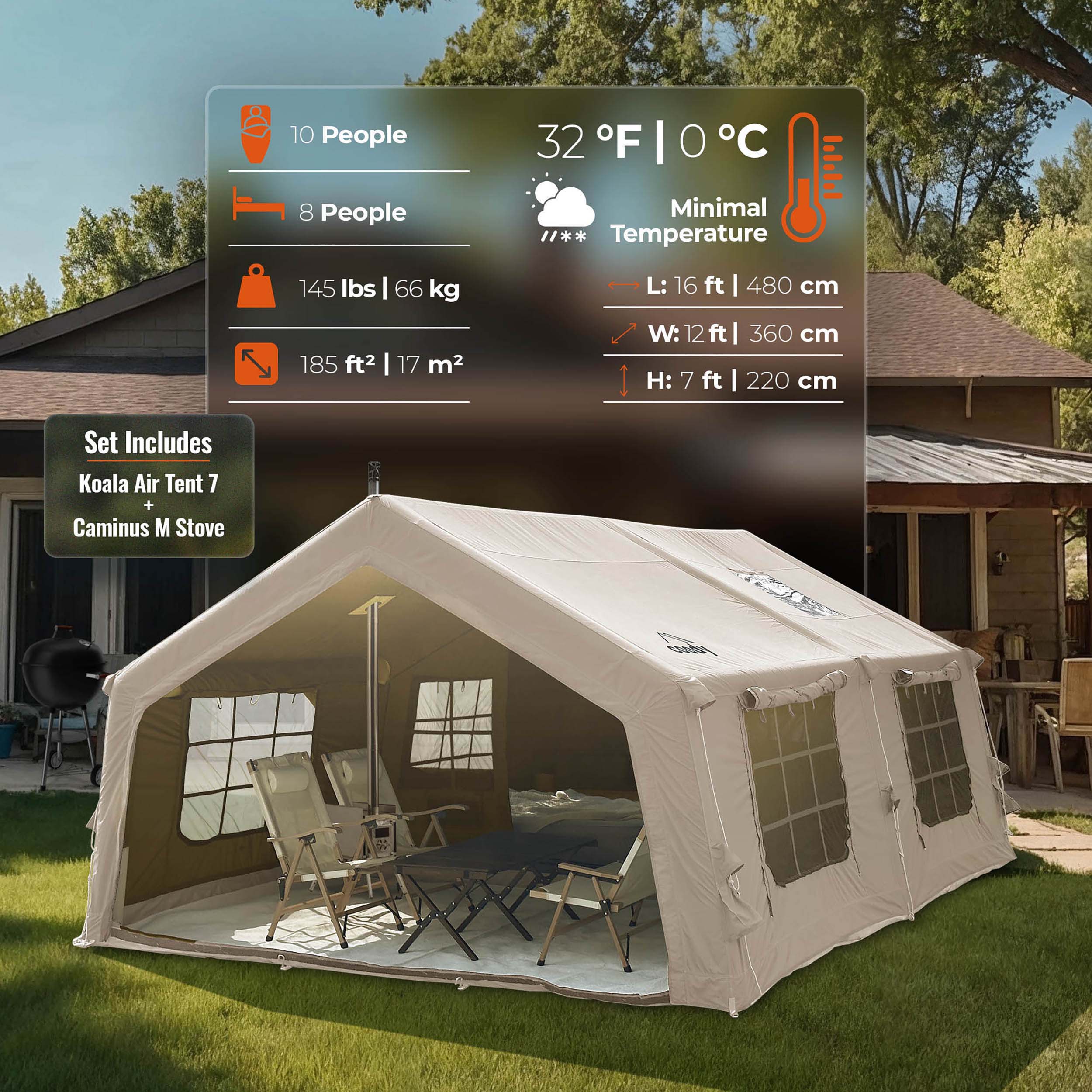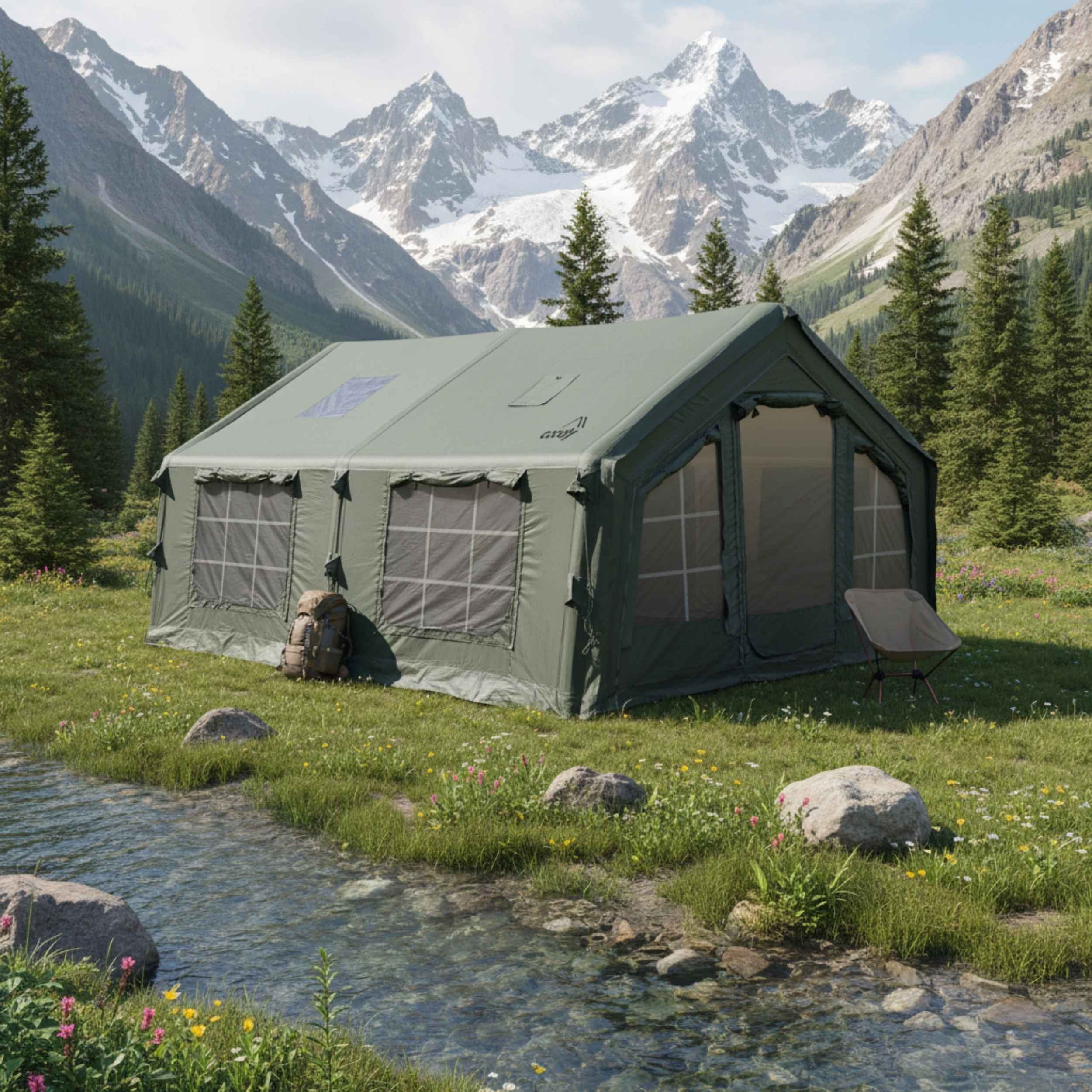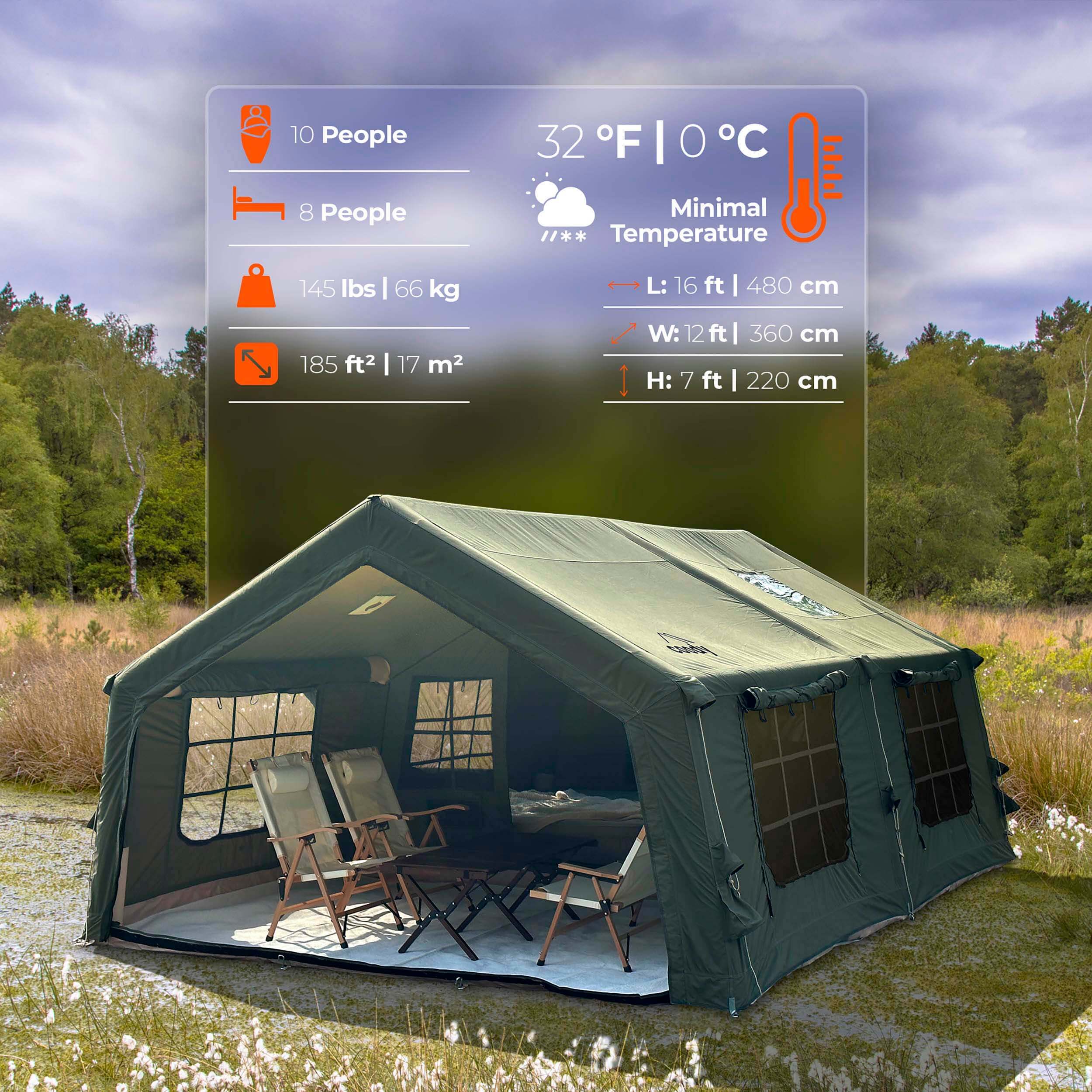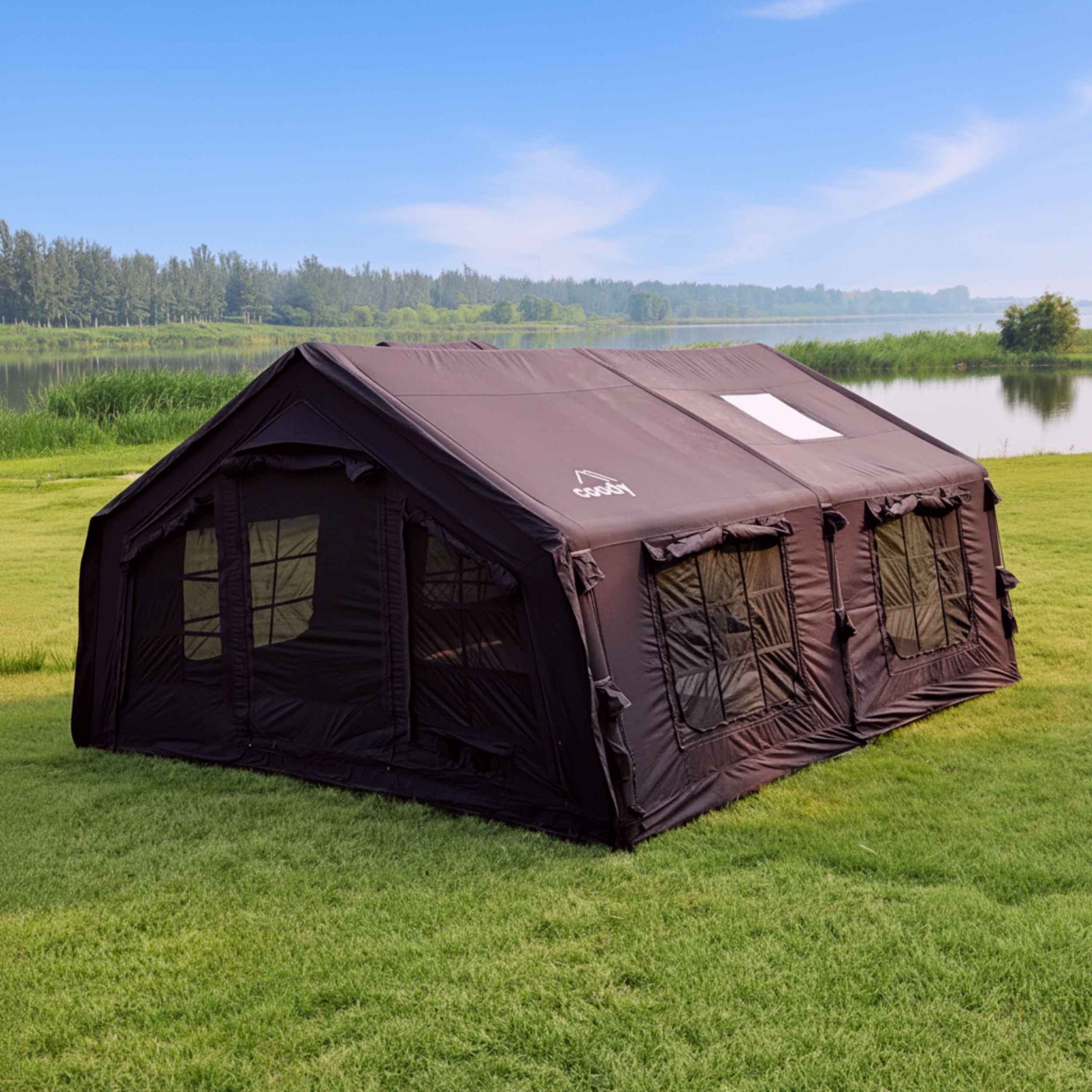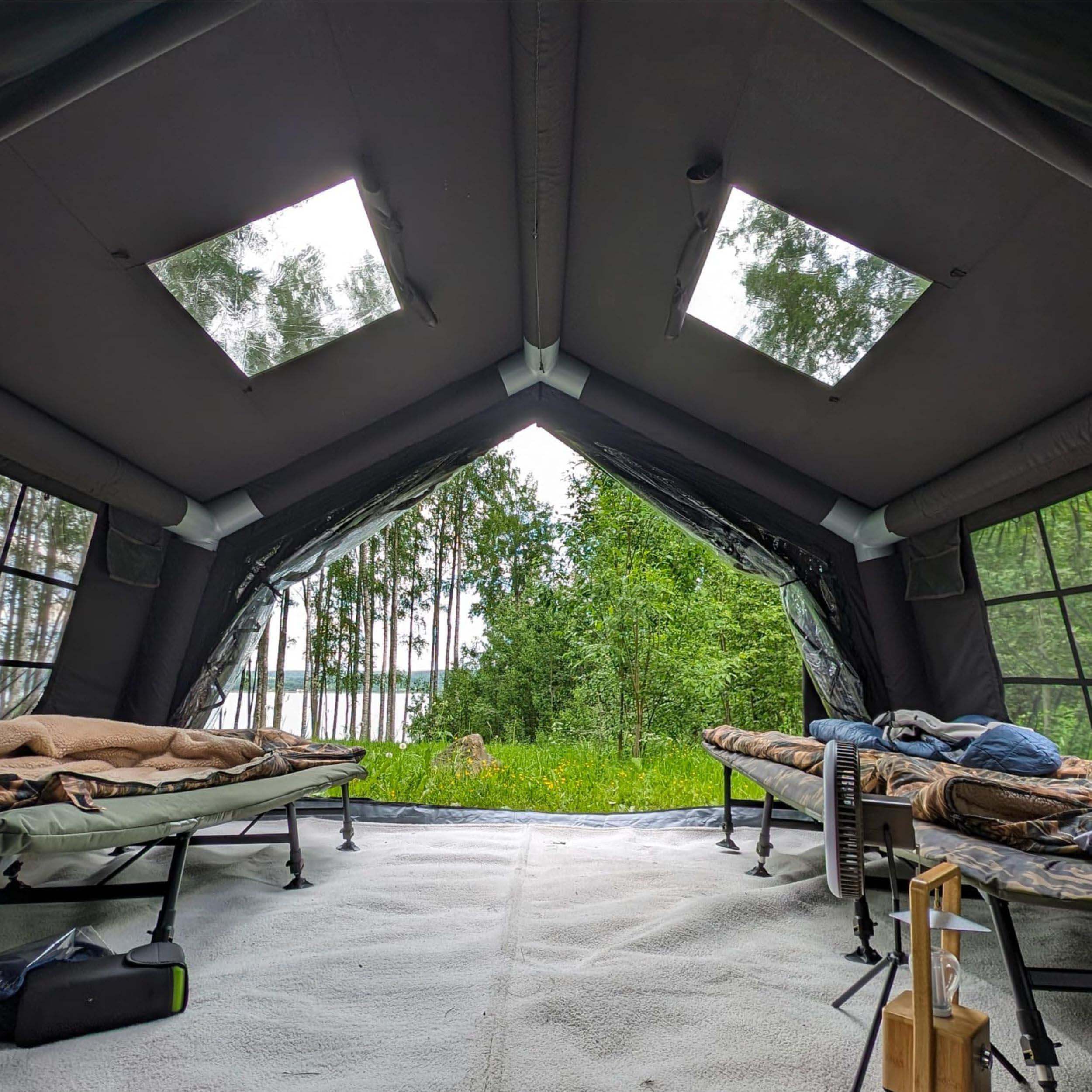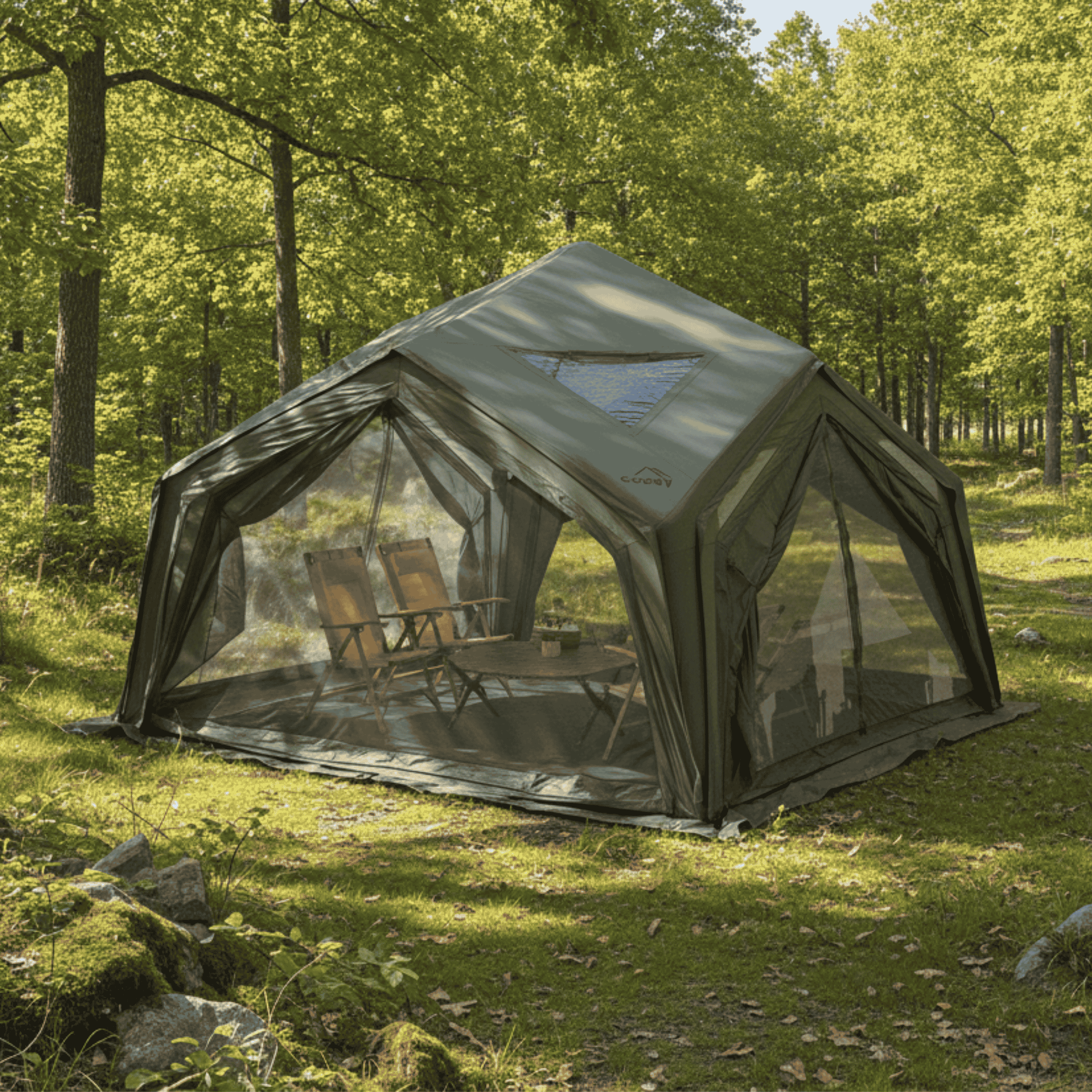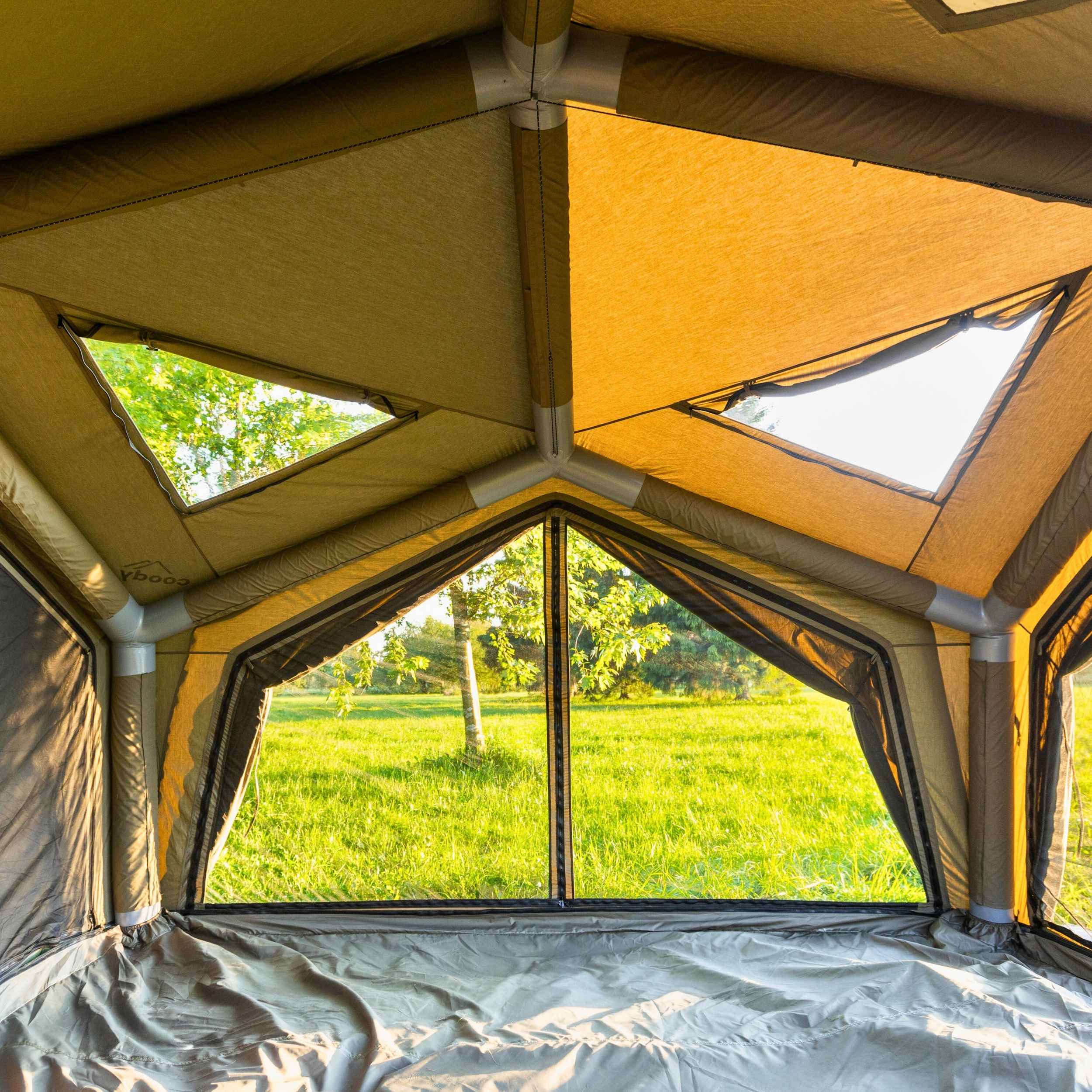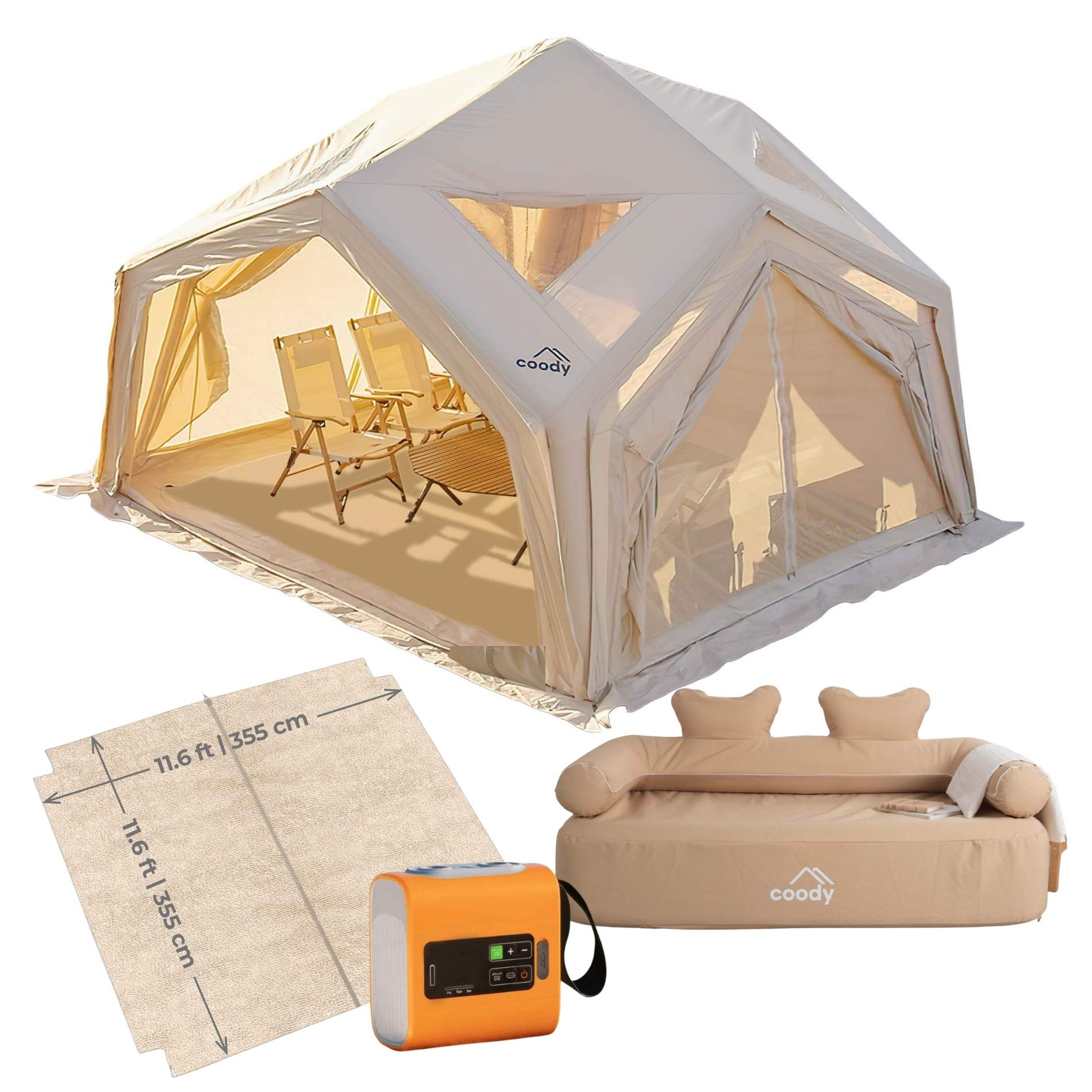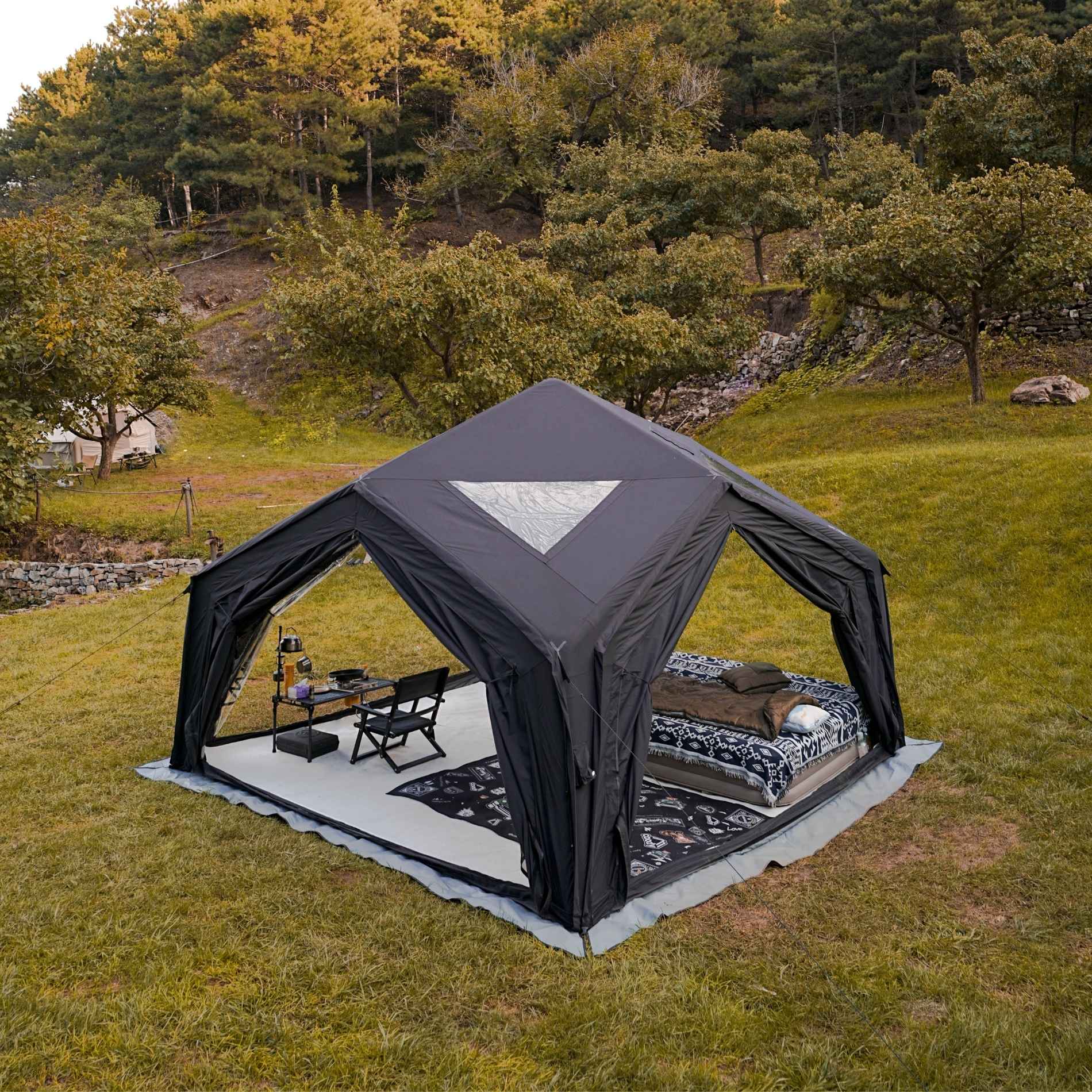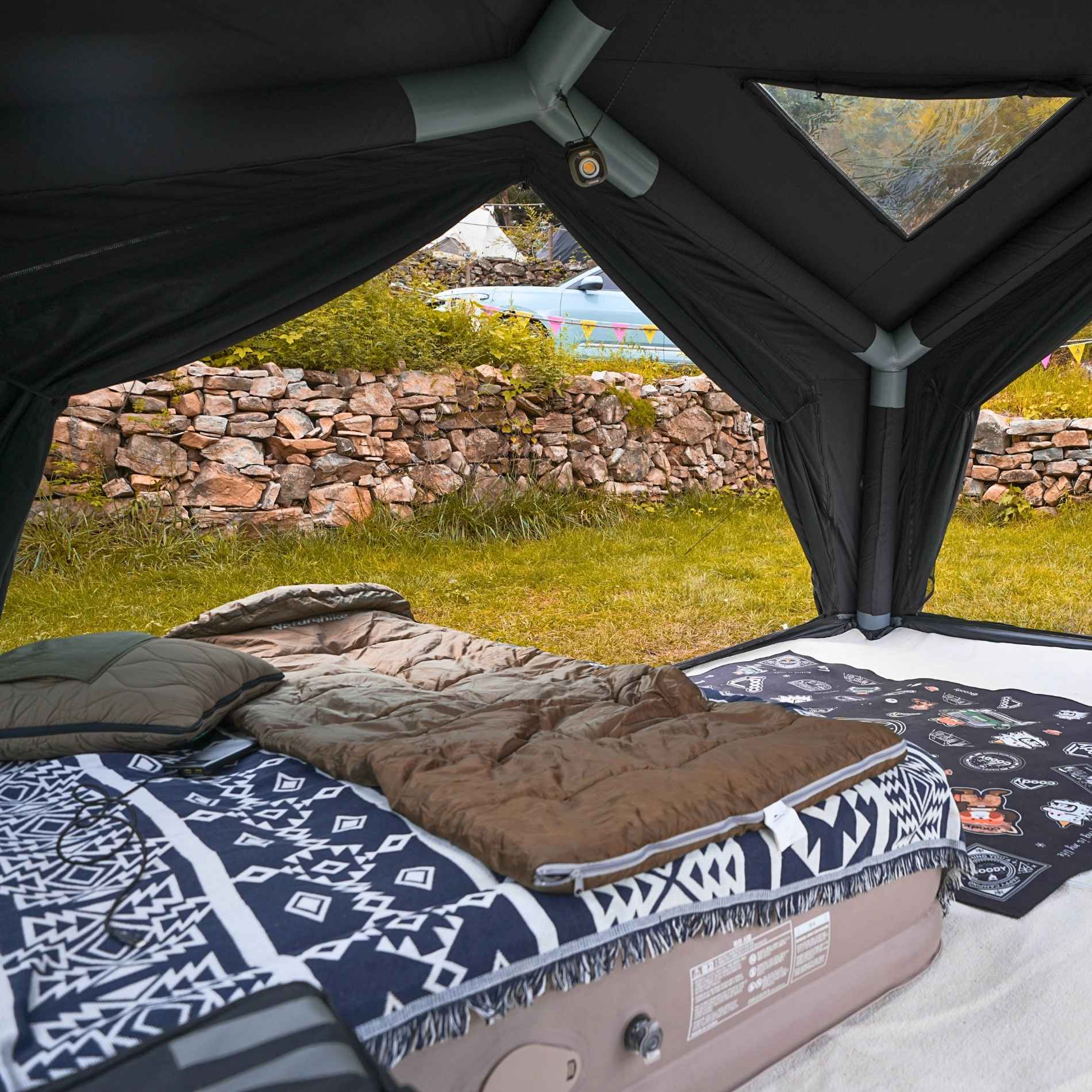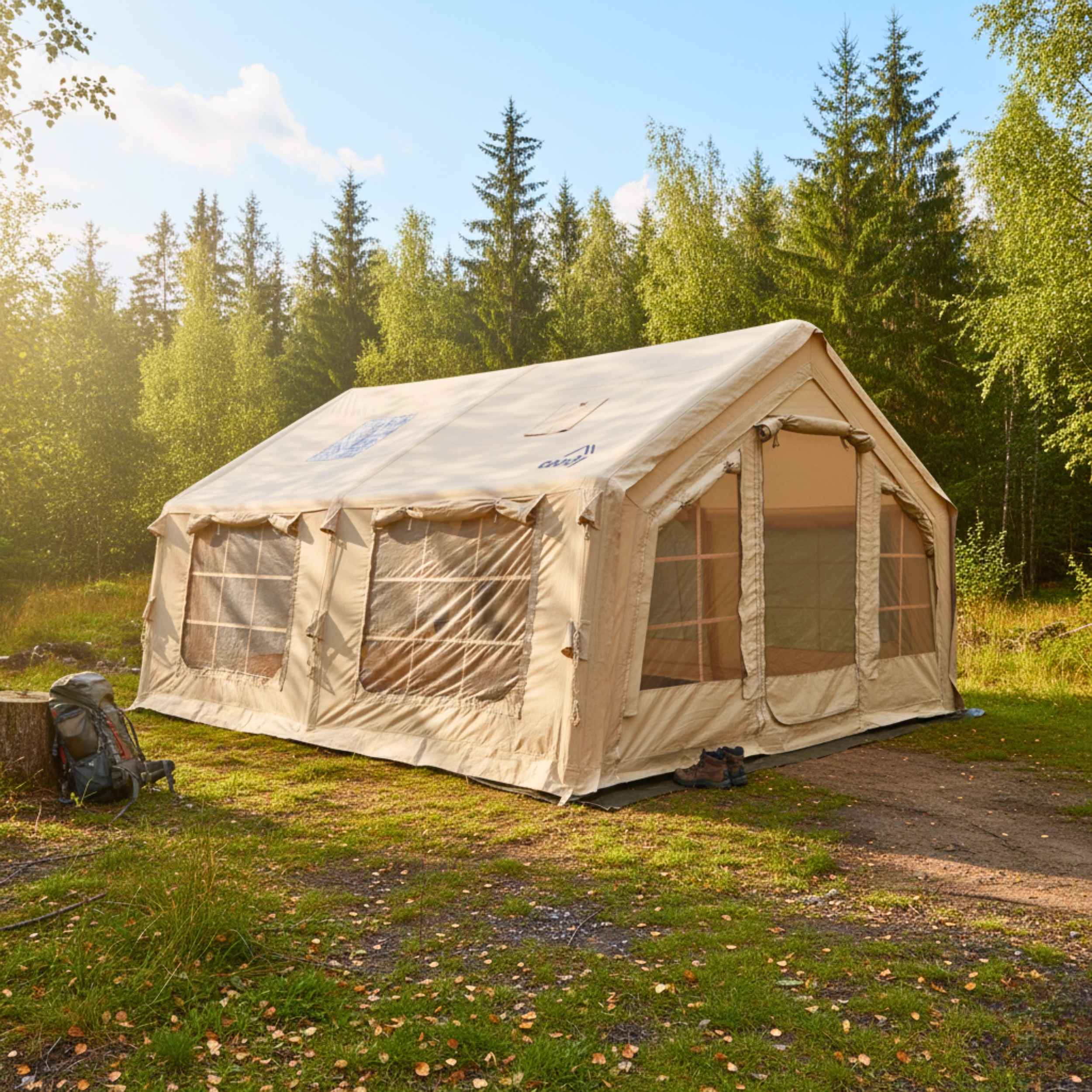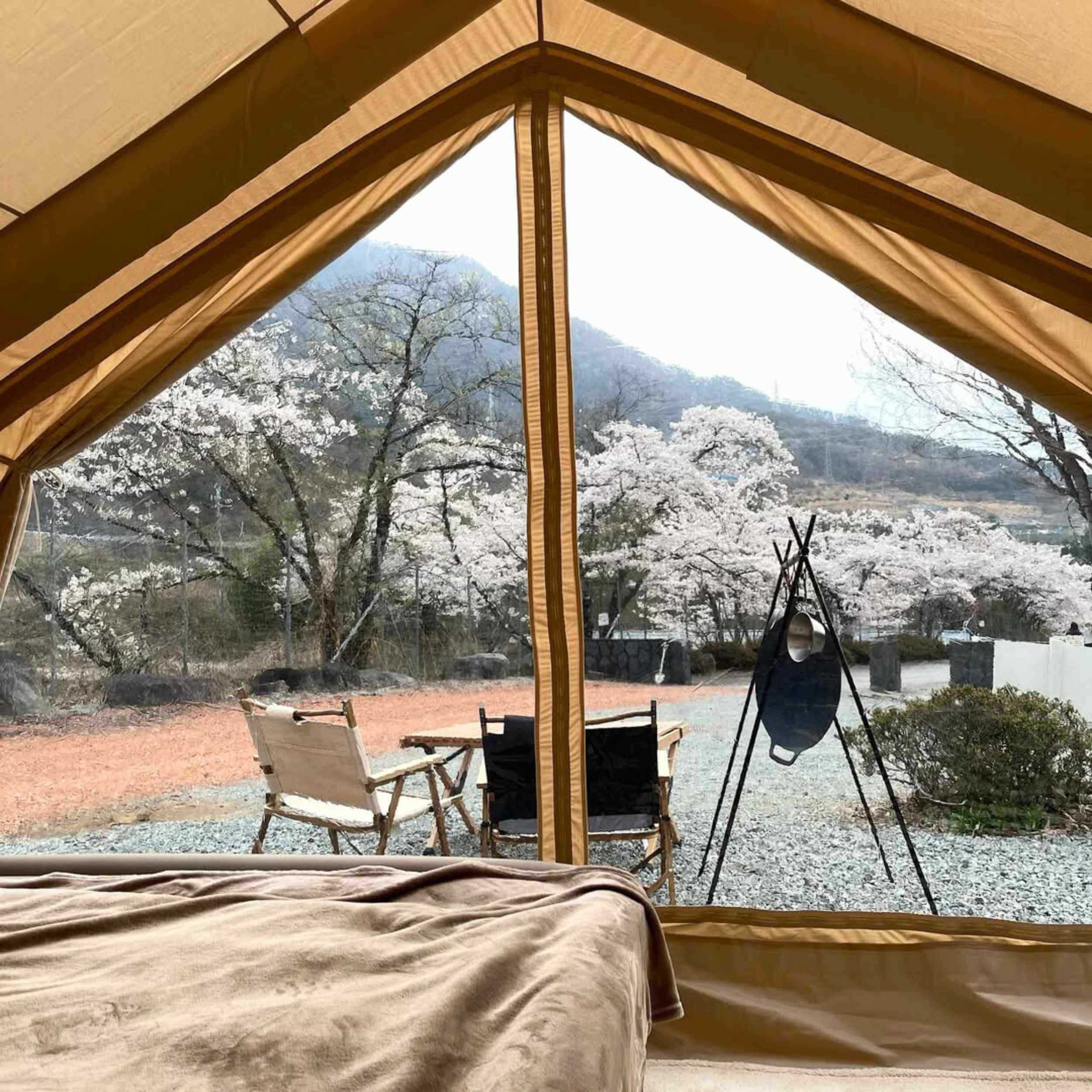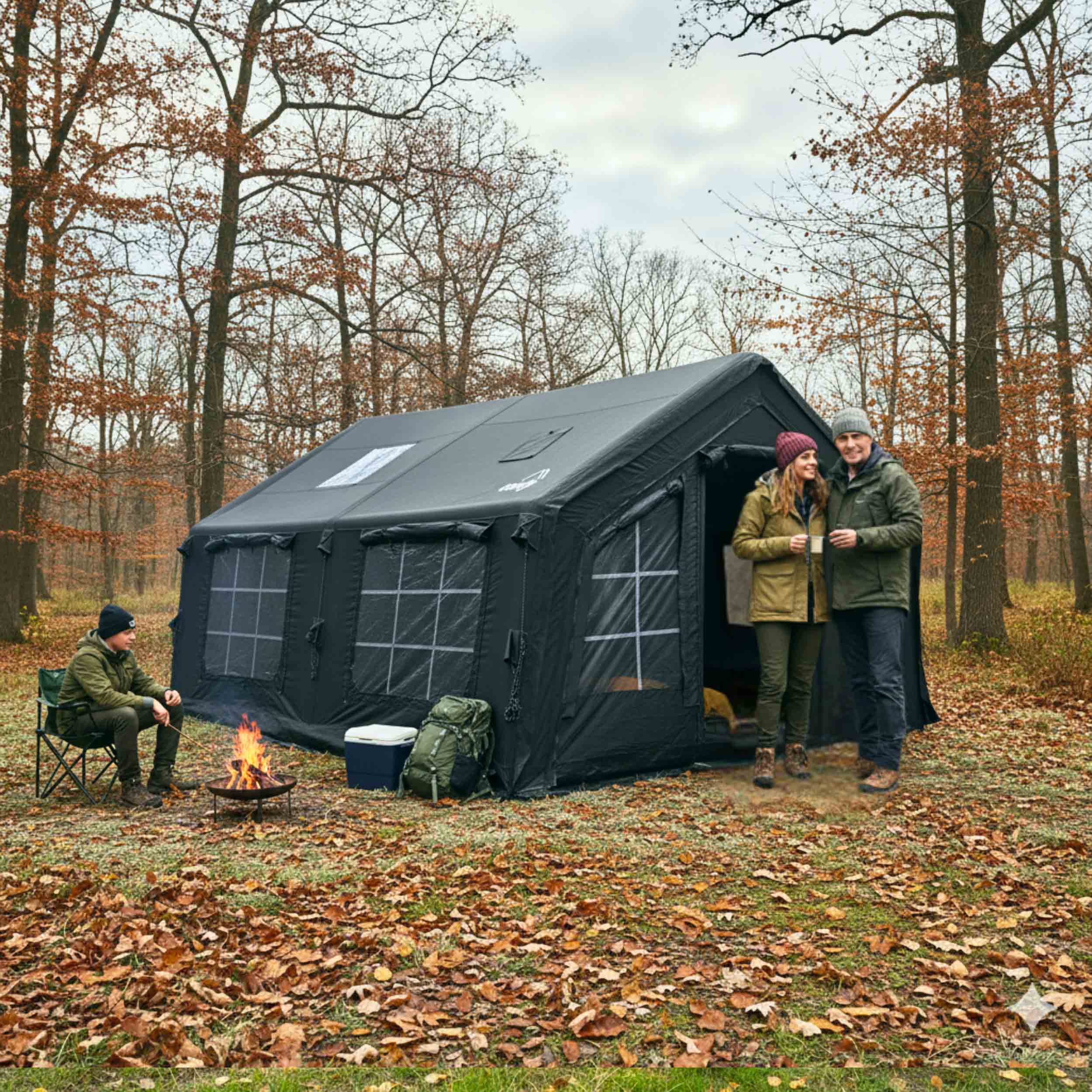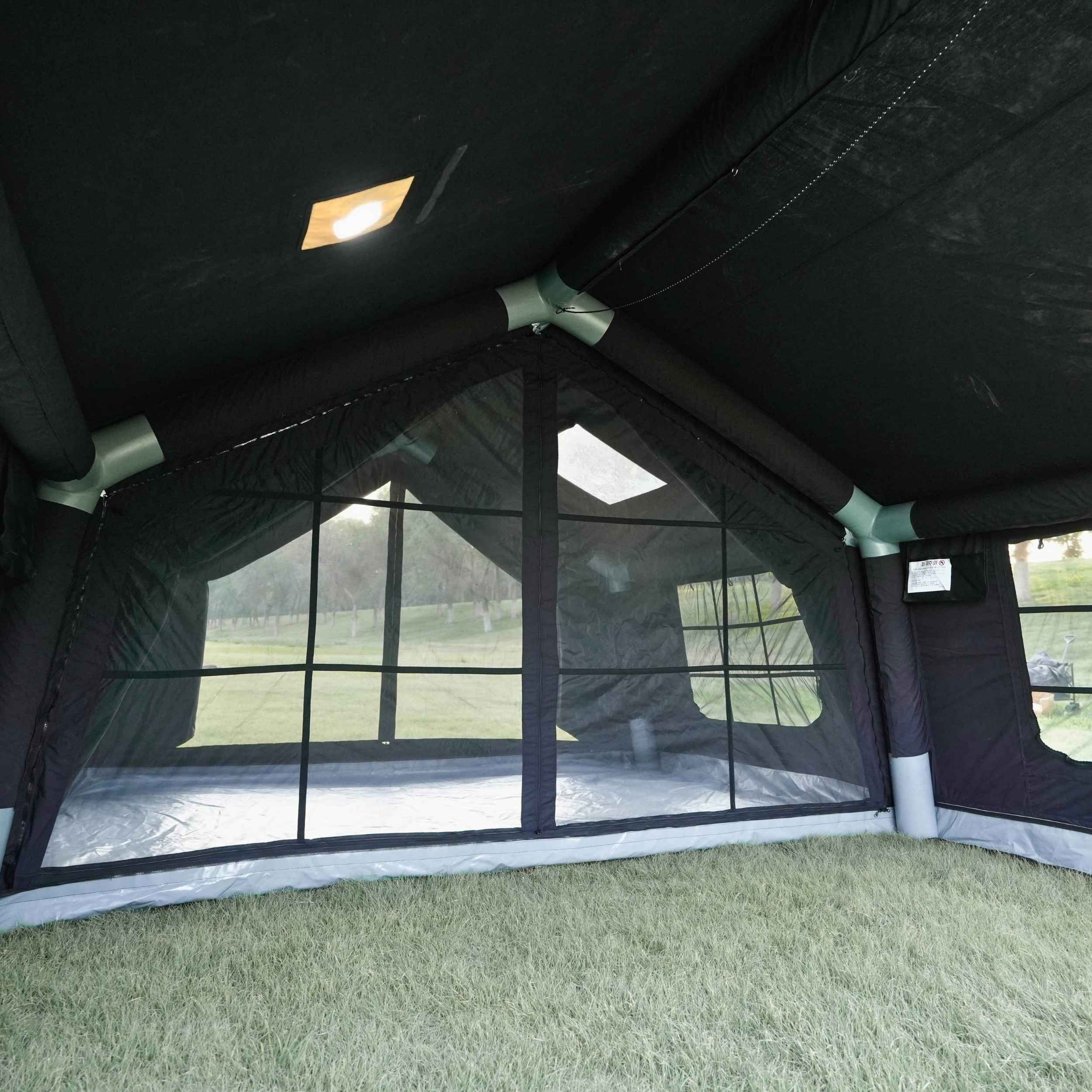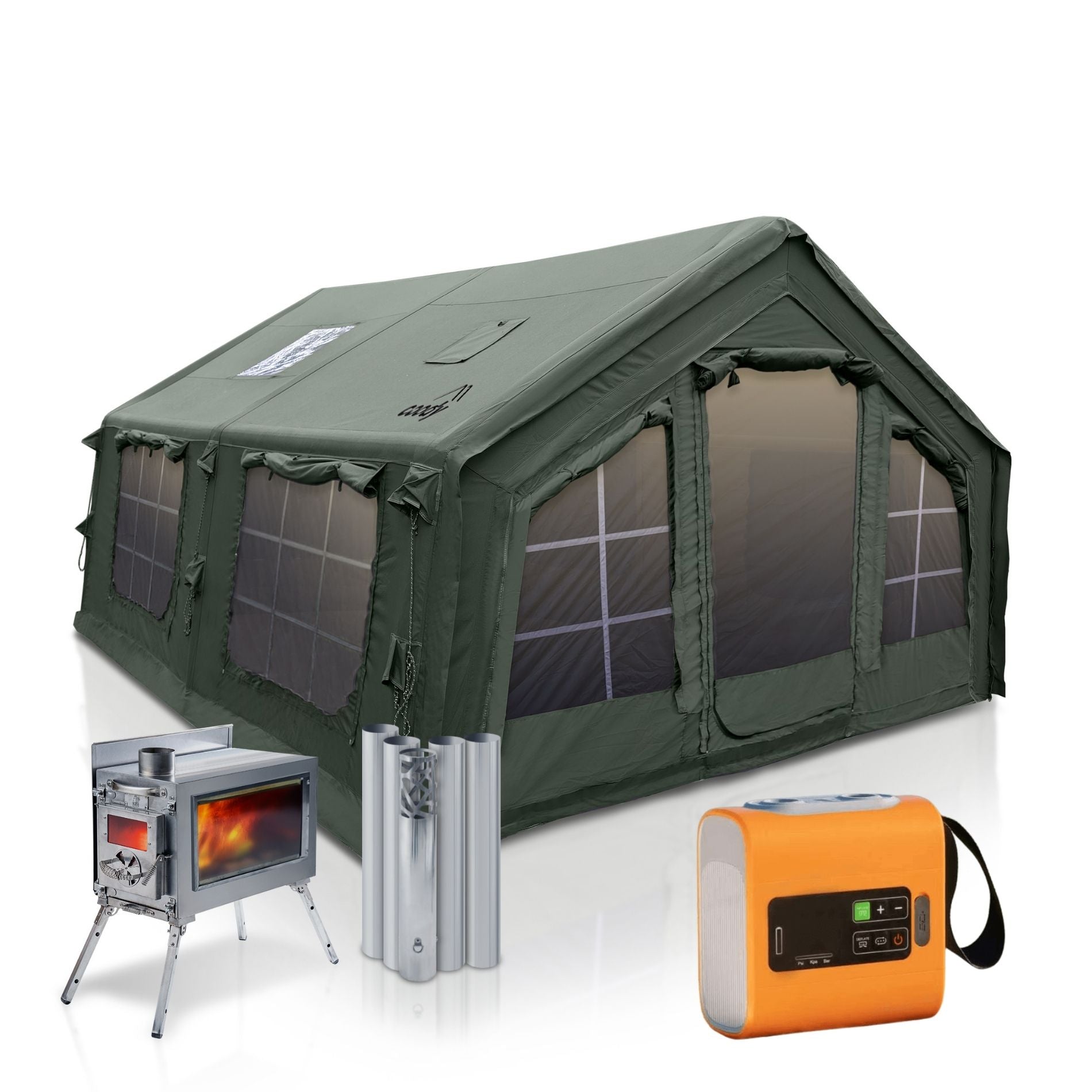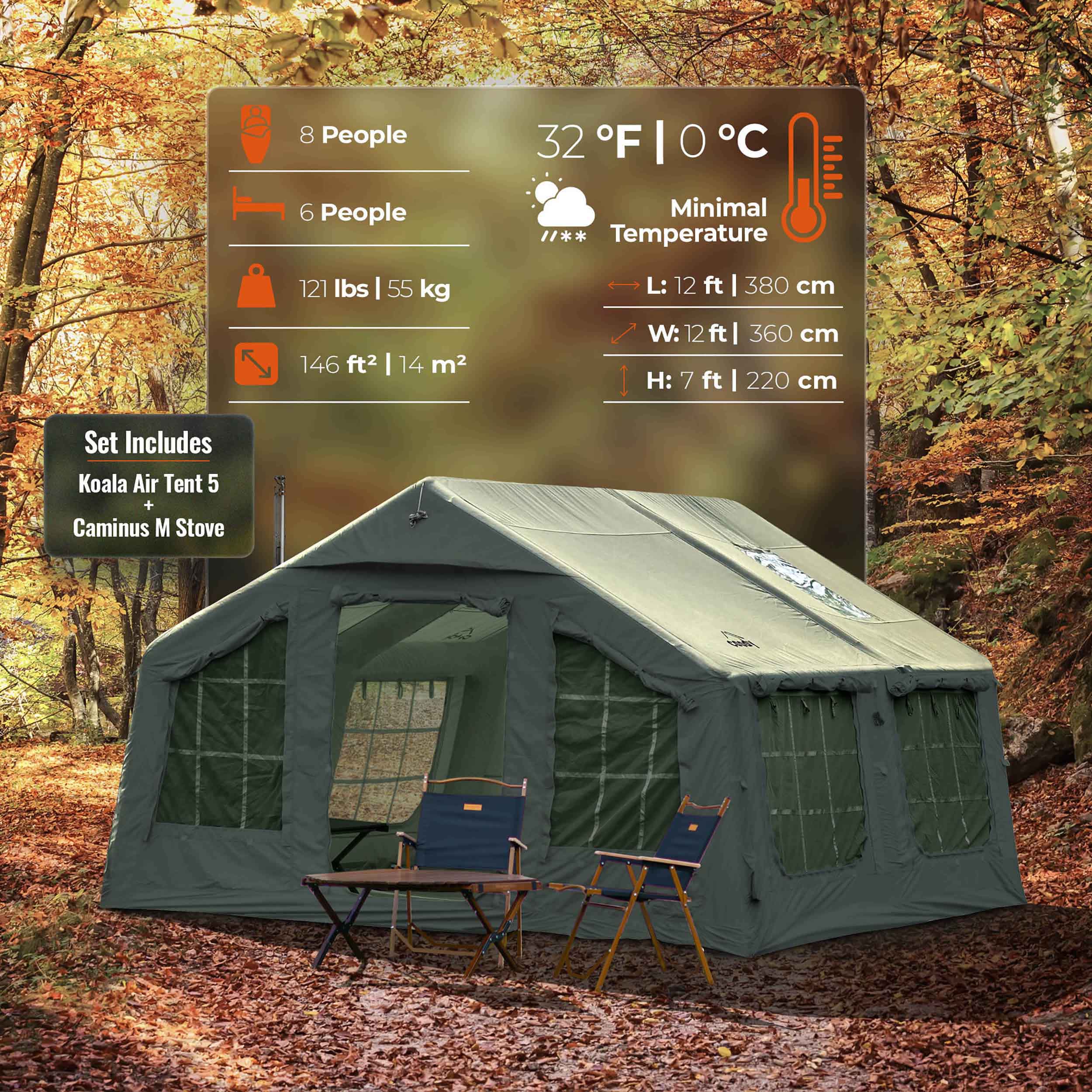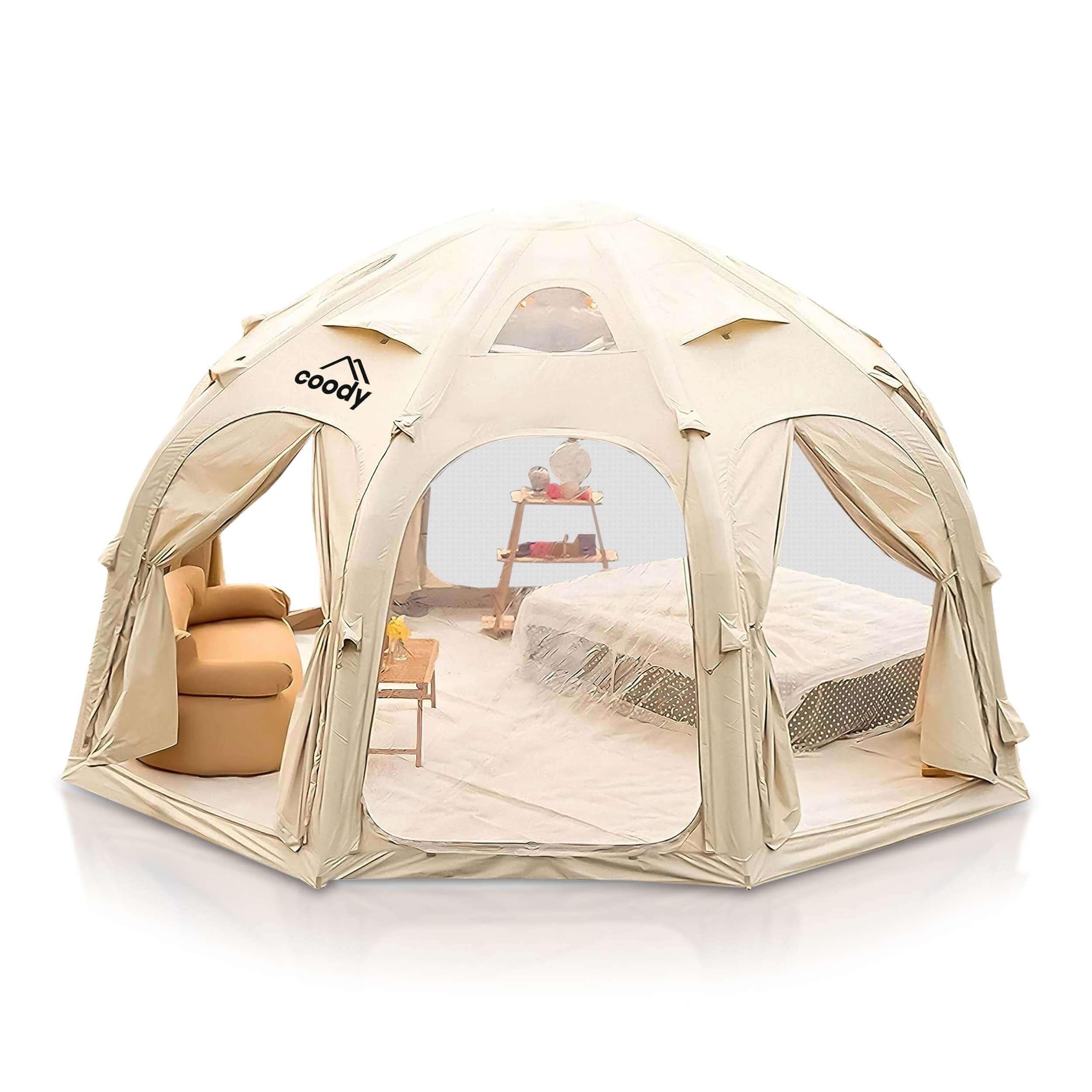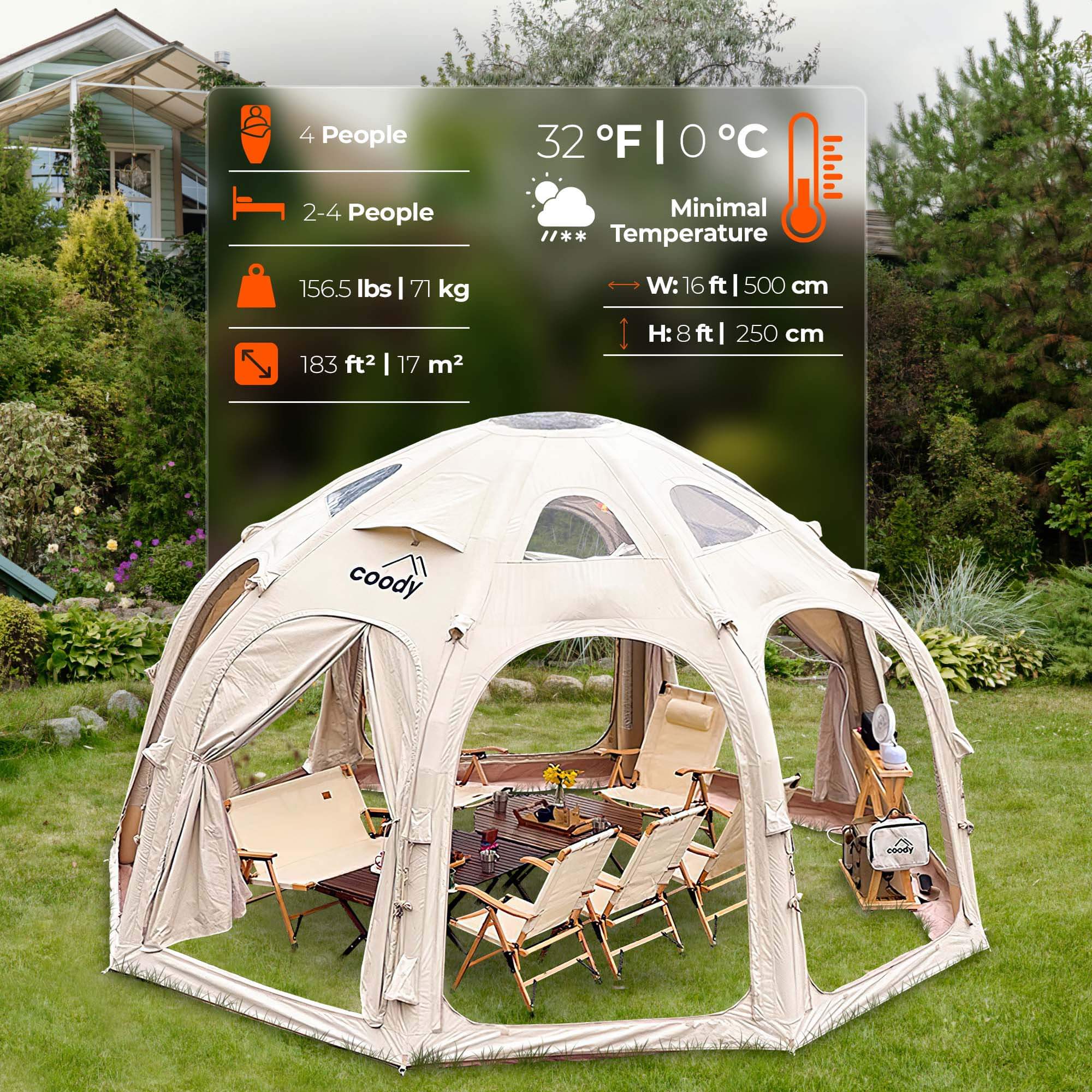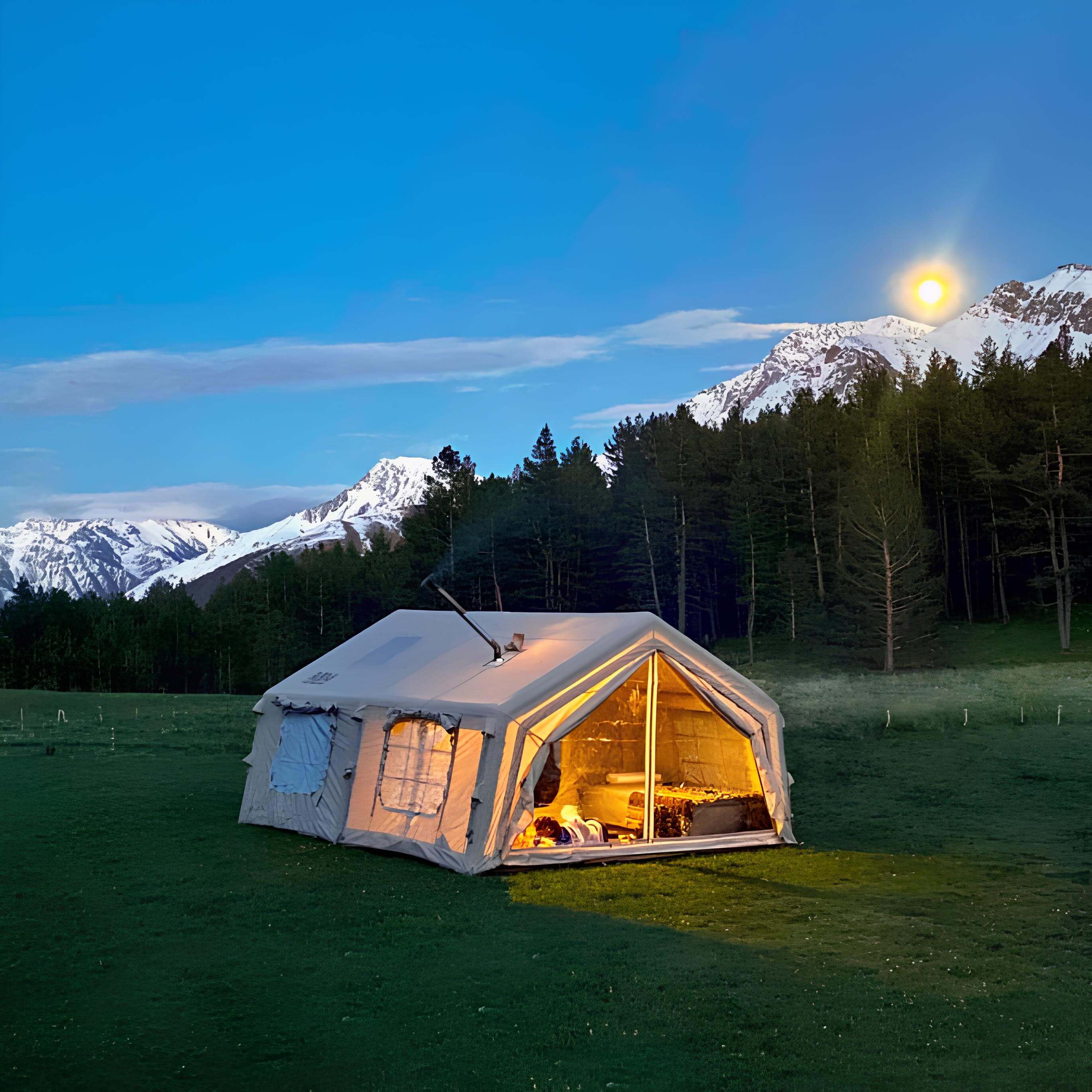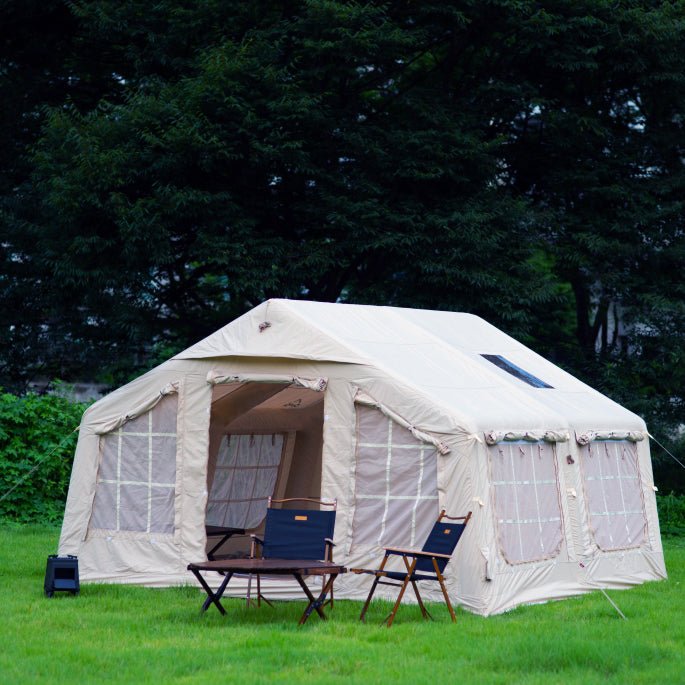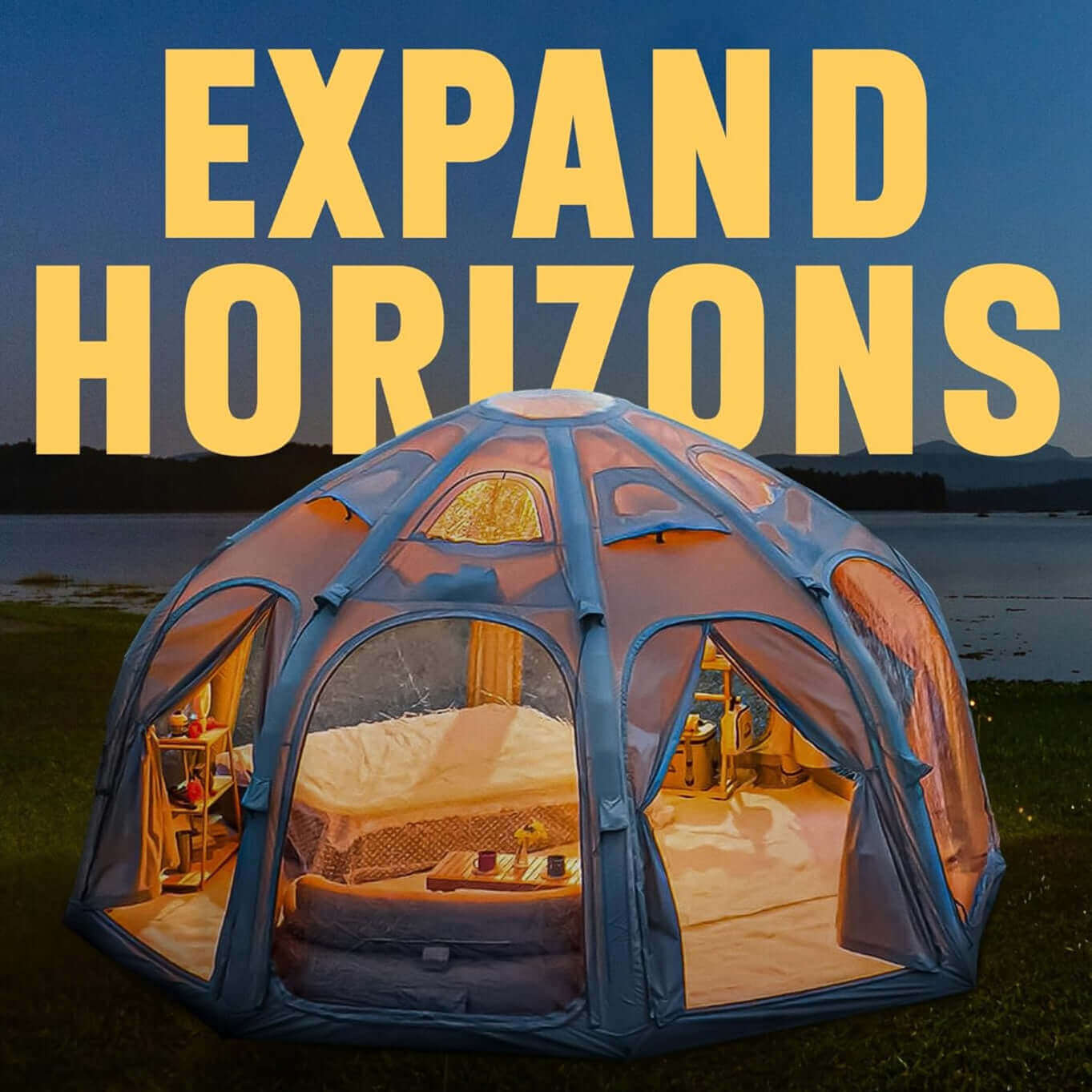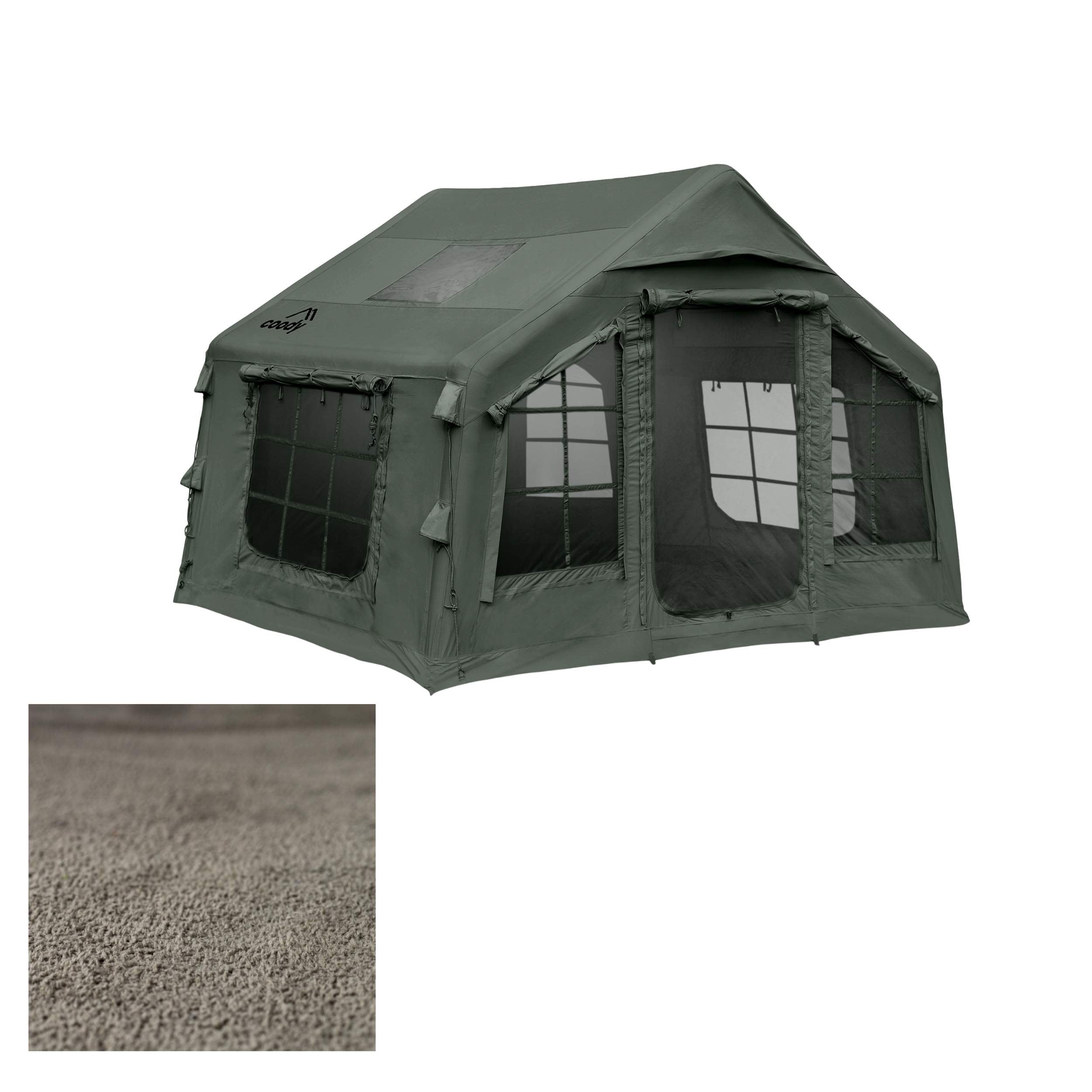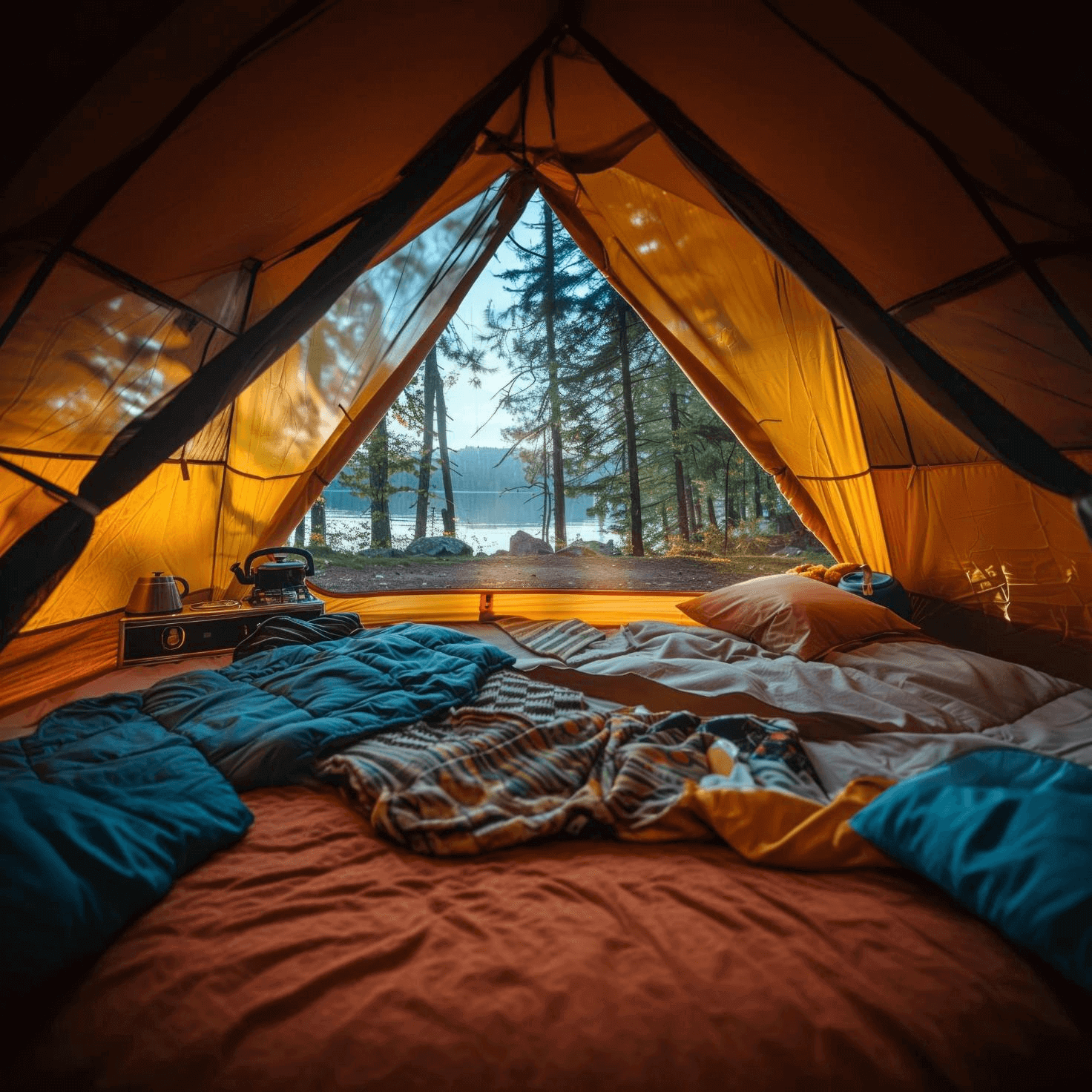The first time we went camping, we forgot to take spoons. Of course, we had decided to choose a campsite which was off the beaten path, during thanksgiving, and a couple of hours from the nearest store. There was no way we had enough time for a 4 hour round trip to maybe find a store which was open. Anyway, much fun was had trying to make spoons so we could have our cereal in the morning.
The solution? We cut the bottoms off some paper cups we had brought for emergencies. They were great, everyone put their initials on theirs, we used them, washed them, dried them, they lasted the whole trip. The soup we brought was served in cups, the kids loved it. Who needs spoons anyway?
Now, I won’t even go into the time that we forgot a sleeping bag. Yes, it happens. But with a few travel blankets from the back of the car, I had a makeshift bed. Thankfully it wasn’t cold out so a full-blown arctic grade bag wasn’t necessary.

What I’m trying to say is that it’s so easy to forget something. Hopefully, if you do ever forget something, it isn’t anything critical like; the tent, or the stove, or water. Packing all the essentials is vital, everything else IS often optional extras.
Let’s not forget: there’s something magical about leaving behind the noise of everyday life and stepping into the peaceful calm of the outdoors. Whether it’s the smell of the campfire, the laughter of kids playing in the dirt, or the simple joy of waking up to birdsong, camping has a way of grounding us and bringing families closer together. If that means leaving a few not so important things behind, so be it.
But nothing puts stress on a trip faster than realizing you have forgotten a key item. If you’re not using a fantastic Coody inflatable tent, then a missing tent pole might be a huge problem. Maybe it’s no bug spray, or not enough snacks for the kids. Or enough pans, even the smallest things can turn an adventure into a bit of a headache. That’s why we here at Coody HQ think that a well-thought-out camping checklist is every camper’s secret weapon. It doesn’t matter if you’ve been camping for years, after all, complacency can be the enemy of success. And if you’re new to all of this, a checklist can be an absolute blessing.
This guide covers it all: what you need to think about before you’ve packed a single item. Plus, all the essential gear, family-friendly extras, pet supplies, and even a few fun items you might not have thought of. With the right preparation, you can spend less time worrying and more time making memories.
Table of Contents
Types of сamping
Installation on Coody 17.2 Black video:
Not all camping trips look the same, and your packing list will vary depending on how you camp. Here are the main camping types:
- Car Camping: This involves driving right up to your campsite, allowing you to bring as much gear as you need. This is great for families, as you don’t have to worry about carrying everything on your back.
- Backpacking: For the truly adventurous, this involves hiking into a remote site with everything you need in your pack. Weight and minimalism are key here.
- RV or Trailer Camping: Think of this type of camping as bringing your home with you. You’ll have fewer essentials to pack since you already have everything built-in.
- Glamping: A more luxurious experience. The tents are pre-set with beds and furniture, kitchen. You’ll just need personal items and maybe some snacks.

This Coody checklist focuses mainly on car camping (which is great for families, beginners, and anyone wanting to blend comfort with adventure) but can be applied to any camping trip with a tent.
Planning your trip

Before you toss everything into the car, a little planning goes a long way:
- Pick your destination. Look carefully for the campsite you want: Do they have drinking water? Restrooms? Fire pits? Are pets allowed? Do they have electricity?
- Check the weather. Always pack for unexpected changes—layers and rain gear are lifesavers.
- Reserve your spot early. Many campgrounds fill up fast, especially those in national parks.
- Write a meal plan. A rough menu will help you avoid overpacking or to forget key ingredients.
- Share your itinerary. Let someone back home know your plans and return date—just in case.
Okay, so after many years and many different trips; in different tents, with kids, without kids, with pets, without pets, we finally decided to take the guesswork out of preparing for a trip. You know, conditions aren’t always ideal for going away. Sometimes the kids have school the day before, sometimes it’s work deadlines up to the last evening, or maybe the weather doesn’t quite go your way when you’re packing. Whatever the situation, we’ve found that having a list to refer to at least means we can tick off the essentials. Do we take every single thing on the list every single time? No, we don’t. Do we still occasionally forget something, sure we do. And when, or if, you forget something, it’s never the end of the world. There have been so many times we’ve either helped out a neighboring camper, or they’ve helped us. It’s all part of the joys of camping!
Essential camping gear
Coody Air Tarp Green:

Coody Air Mat Beige:

Coody Carpet Beige:

Stove for tent:
Shelter and sleeping
- Choose one that’s bigger tent than your group, for comfort and for storing your gear.
- Groundsheet/Tarp protect your tent floor from dirt, rocks, sticks, bugs and moisture. Makes the tear down easier
- Sleeping bags match the temperature rating to the weather.
- Sleeping pads or air mattressesadd comfort and insulation from any cold ground. Don’t forget a pump for inflatables!
- Quilts/sheets and pillows.Not everyone likes sleeping bags, take enough for the weather
Camp kitchen
- Camp stove + fuel
- Matches and lighter
- A pot, pan, and spatula will cover most meals.
- Sharp knife
- Paper towels
- Wet wipes (biodegradable)
- Grill griddle
- Folding grill mesh
- Chopping board
- Mess kit: plate, mug, bowl, and utensils for each camper.
- Cooler: keeps perishables fresh. Pack ice packs and store frequently used items on top.
- Biodegradable soap and sponge: for easy, eco-friendly cleanup.
- Table and chairs: enough for everyone
Clothing and personal Items
- Layers: think base layers, fleece or sweater, and a waterproof jacket.
- Extra socks and underwear: you’ll thank yourself.
- Pajamas and thermals: both can come in handy
- Extra shirts/tops
- Pants/Shorts
- Warm jacket/Fleece
- Hats, sunglasses, gloves, and swimwear: depending on the season.
- Sturdy shoes or hiking boots: broken-in and comfortable.
- Toiletries: biodegradable soap/shampoo, toothbrush, toothpaste, deodorant.
- First aid kit: include bandages, antiseptic wipes, pain relievers, blister care, and personal medications.
I think we once ended up with three tubes of factor 50 SPF sun cream and didn’t see a blink of sunshine for 3 days. No one complained that we had it and didn’t need it. However, the story would have been rather different if it had been the other way round.
Safety and comfort
- Insect repellent: a must for buggy campsites.
- Bear spray: depending on your location choice
- Sunscreen: apply often, even on cloudy days.
- Aloe gel: relief for burns, bites, or skin irritation.
- Headlamps/flashlights: don’t forget spare batteries.
- First Aid Kit: with all the essentials
- Duct Tape: repairs more than you’d think
- Umbrella: you never know when you might need to dash somewhere
- Emergency blankets: better to have
- Fire extinguisher: you should always have one
Something you could add here, for example, is a door mat, if it’s dry put it outside the vestibule, if it’s wet take it inside. Make sure it’s big enough for one pair of shoes from everyone in your group. That way, there’s no sandy or muddy feet all the way through the tent. At a stretch you could take the ones out of the car you travelled in (we’ve done it before).
This next bit is very important to us, it might not be so important for you. I’ve tried to keep it short, more of a reminder. Realistically, there’s no way we could create a food list that’s just for you. With everyone having their own favorites and perhaps allergies or needs, you should make a food list following the headings below. That way you won’t leave yourself wanting for noodles or rice on a Sunday evening when all the stores have already closed.
Food & water
- Breakfast for each day
- Lunch for each day
- Dinner for each day
- Condiments
- S’mores supplies
- Portable snacks
- Water
- Coffee
- Juice
Tools and utilities
- Long extension: If your campsite has power outlets
- Extension block: a good block with a safety cut-out
- Power station: fully charged 500W-1000W depending on your group size/ length of holiday
- Hammer: for tent pegs
- Small axe/saw: if you’re wild camping
Camping entertainment
Coody 17.2 inside:

Coody 17.2 fall:

For us, camping these days isn’t just about surviving—it’s about thriving outdoors. Maybe you’re flying solo and only need a couple of books. We have friends who like to do two or three different activities every day, and like to watch a movie in the evening. Our eldest once brought three books. Read none. Said it was the most restful weekend this year. For some activities to keep everyone entertained you could consider bringing:
- Books or magazines for quiet downtime.
- Board games or cards for family fun.
- Fishing gear if the campground has a lake or river.
- Binoculars for birdwatching or wildlife spotting.
- Scavenger hunt list to keep kids entertained.
Camping with kids

Bringing children camping is both rewarding and challenging. A few kid-specific items can make it smoother:
- Kid-sized sleeping bags and pads.
- Their favorite stuffed animal, book, or toy for comfort.
- Plenty of snacks—kids seem hungrier outdoors.
- Portable potty or training seat.
- Biodegradable wipes for quick, on-the-go cleanups.
- Glow sticks for fun and for visibility at night.
- Camping with pets

A lot of people travel with their pets, so we’ve not skipped the fact that they need their own checklist too:
- Food and water bowls.
- Enough pet food and treats for the trip plus a little more.
- Leash, harness, and ID tags (mandatory in most parks).
- Pet bed or blanket to make them feel at home.
- Waste bags—always clean up after them.
- Pet-specific first aid kit and medications.
- Vaccination records (some campgrounds require them).
Clean-up and leave no trace
One of the golden rules of camping is to leave your site better than you found it. I know, I know, sometimes you go to a site and someone has left a mess. It’s happened to us, and while you can’t name and shame, it’s maybe an idea to post a pic of what someone has left, someone may have seen something. But we tidy up and start afresh. We leave our campsite clean. Always. No excuses. That’s why we always carry the following items.
- Garbage bags: Pack it in, pack it out.
- Recycling bags: If your campsite supports recycling.
- Small broom and dustpan: Handy for tidying up.
You should always respect nature and ensure your camping spots stay beautiful for future campers.

FAQs
Q: What should first-time campers absolutely bring?
A: At the very least, you’ll want a tent, sleeping bag, sleeping pad, a small camp stove, a first aid kit, a flashlight, and more water than you think you’ll need.
Q: How can I keep food cold if there’s no electricity?
A: A reliable cooler is your best friend. Pack it with ice packs, and freeze a few food items before you head out to help keep everything colder for longer.
Q: What kind of clothes are best for camping?
A: Layers are the way to go. Start with a moisture-wicking base, add a warm mid-layer, and top it off with a waterproof jacket or shell. And don’t forget extra socks—you’ll thank yourself later.
Q: Can I bring my dog (or other pets)?
A: Many campgrounds do allow pets, but it’s always smart to double-check before you go. If you bring them, keep them leashed, close by, and make sure they’re comfortable too.
Q: What do people forget to pack most often?
A: Matches, extra batteries, and sunscreen are the big ones. Jot them down on your checklist so you don’t get caught without them.
Conclusion
There’s simply no need to make your camping trips stressful. With our handy checklist you’ll never forget the most important items again. It doesn’t matter if you’re a seasoned pro or that you’re going camping for the first time; our handy list will make the trip that bit easier for you. Does it include absolutely everything you might want to take? No. Do you have to take everything on it? No. But, for the majority of trips it’s more than enough. You can add items as you wish. If we’ve missed anything important, let us know in this link info@coody.us.
And a final word, no one remembers the time that you did the perfect packing for a trip (we’ve never done a perfect pack). But everyone probably still remembers the night you cooked with one pan —or only had two coffee cups for five people. The meal turned out to be the one of the best we’d ever had, and we had less washing up to do. And who knew that small saucepans were the best hot chocolate mugs ever, so much so that no one wanted the cups. Perhaps it was connected to the number of mini marshmallows you can get in a small pan!
Take the checklist. Cross things off. Add your own. Forget something anyway — it might become the best part of the trip.
Happy camping!
Get your free printable PDF file below.
Ultimate camping checklist 2025
Your Complete Guide to Packing for the Perfect Outdoor Adventure
Trip Information
Destination: __________________________
Dates: _____________ to _______________
Duration: ______ days
Weather Forecast: _______________
Group Size: ______ people
Camping Type:☐ Car Camping ☐ Backpacking ☐ RV ☐ Glamping


